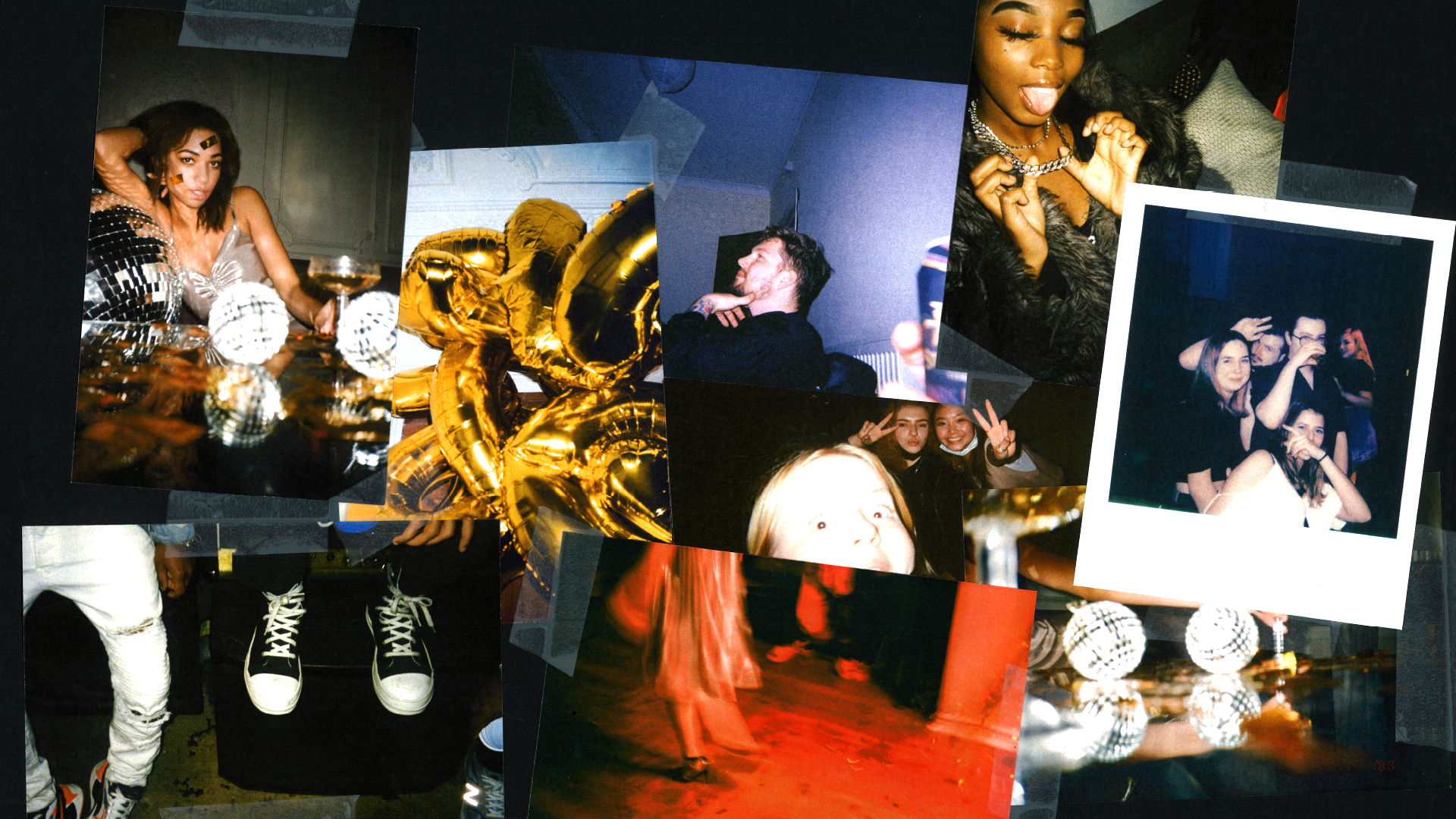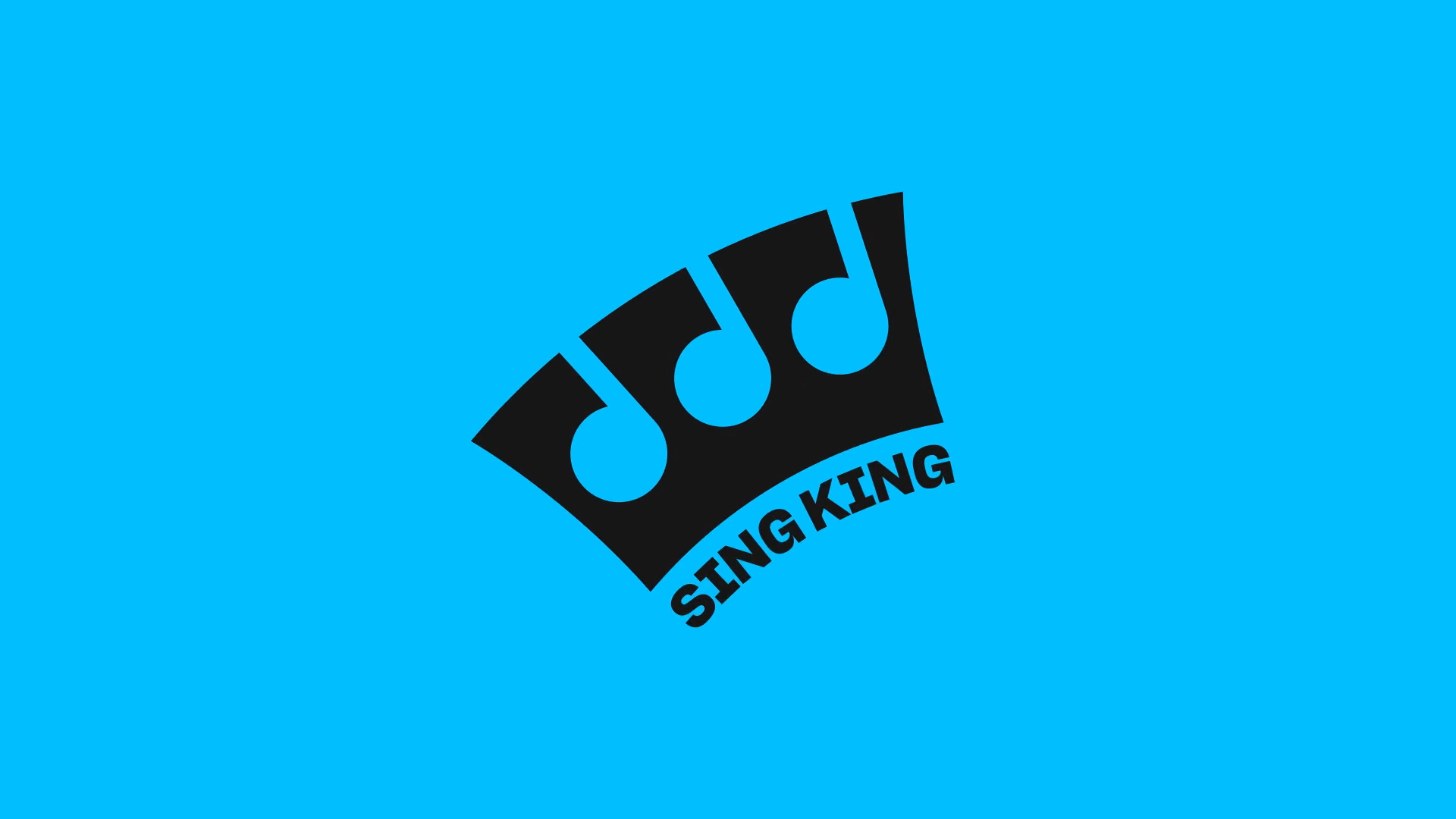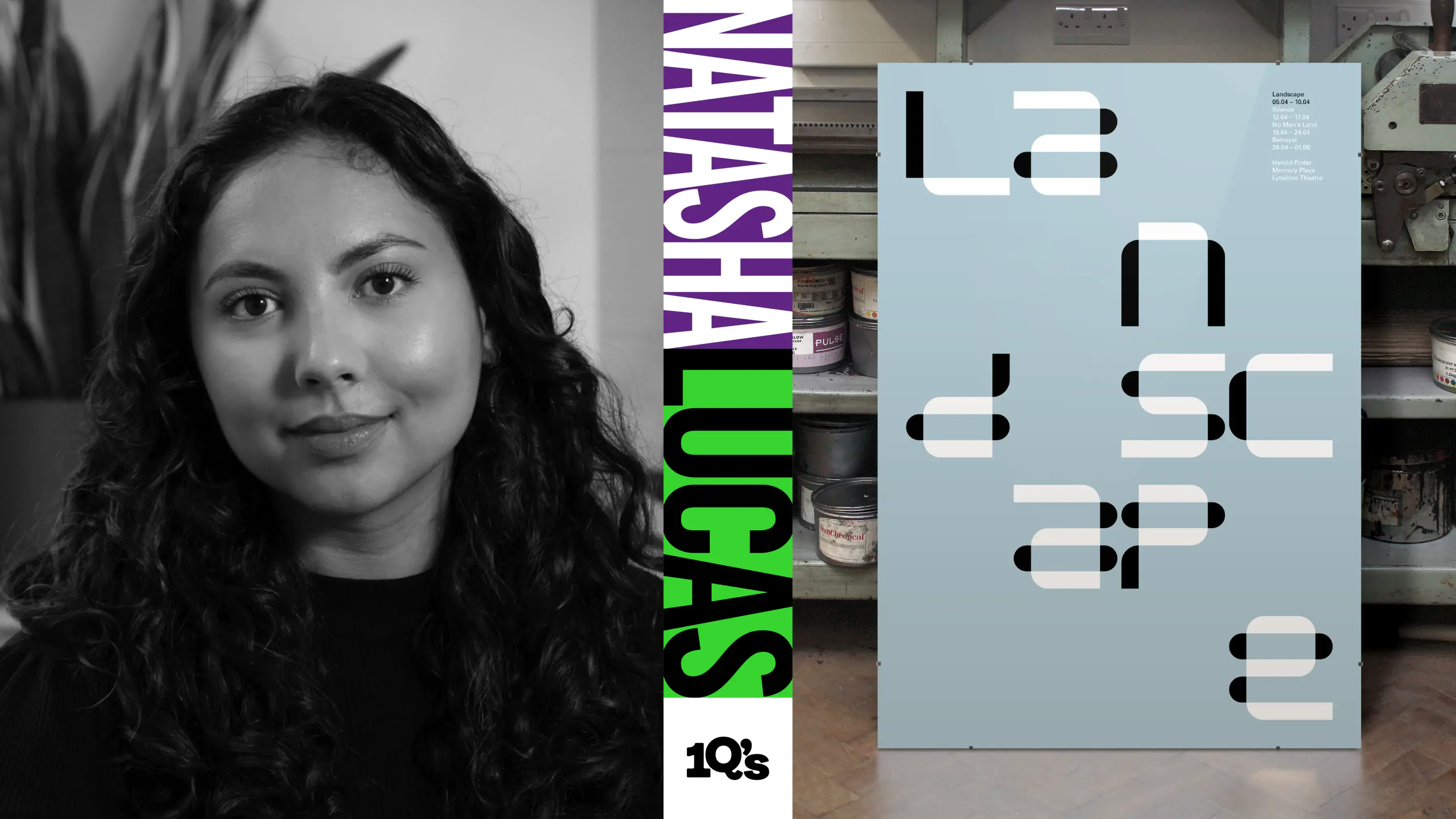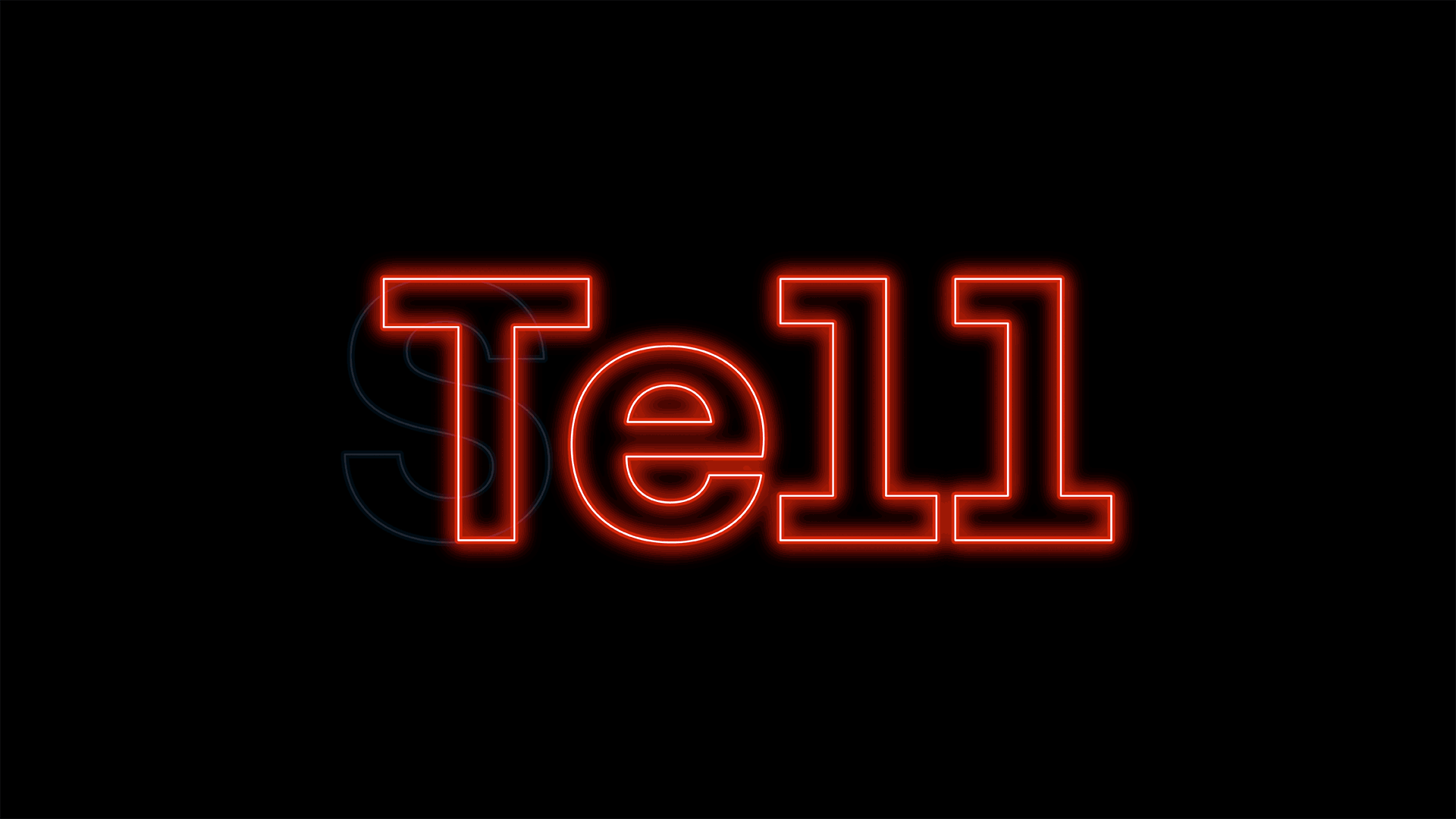
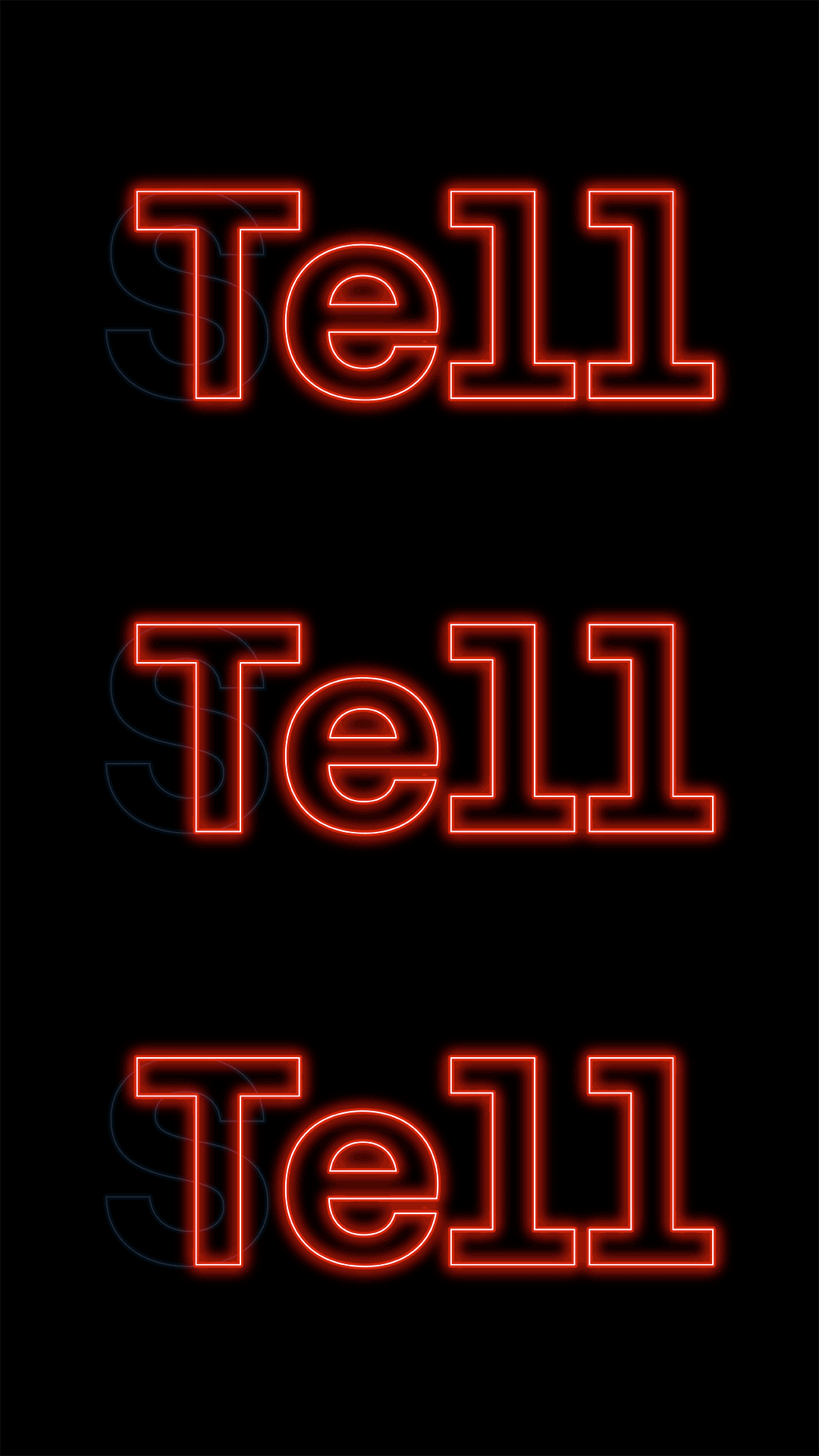
Writing to Tell, Writing to Sell
Two ways design and writing can (and should) work together.
Written by Craig Berry, Designer at Nomad.
Fish and Chips, Batman and Robin, Sweet and Sour, Left and Right.
These things are all good on their own but they’re ‘Stronger Together’ (thanks Labour). But the pairing that I’d like to add to this mix is Design and Writing.
What? But why? And how is this relevant for you?
It’s important to say right away, not every writer is a designer and not every designer is a writer and I’m not looking to start a turf war but the two are more inherently linked than you might think. Personally, I like to call myself a full-time designer and a part-time writer because, well, that’s literally what I do. My actual job and profession is a designer but I enjoy writing on the side and I like to think I’m actually alright at both.
Combining these two together was not love at first sight for me though, it took a lot of time, perseverance and getting over my own stubbornness. But, it also somehow just happened naturally.
Being a designer (or any sort of creative really) and loathing writing is something that I think is relatable. Lots of people choose a creative career as an escape from writing as it’s seen as something academic and can bring back memories of being at school and having to write long essays about old books like Of Mice and Men, Blood Brothers or Lord of the Flies. But really, choosing to study a creative subject doesn’t mean you’ll never write again as most designers have experienced having to write 10,000+ word dissertations at uni (a gateway drug into combining design and writing tbh). I remember when I was doing this, I hated it and was glad to see the back of it at the end of my course.
But it was once I got to my first design job out of uni—thinking that my writing days were behind me—that I quite quickly realised that words are kind of important here to what I’m doing in design. And for multiple reasons. Which, through (more) words here, I’ll try to unpack my thoughts on what and why.
Having worked at a few places now, I’ve seen the importance of words to design first-hand, specifically graphic design and even more specifically, branding and visual identity graphic design.
I’ve used words and writing in my own life outside of my work too, as a way of expressing my interests and learning, by writing about things I love and things I’m passionate about. I’m able to share my enthusiasm and as an unintentional consequence, inspire others.
I only really write for, about or with design (well, creativity in general). I don’t write fiction and I don’t write traditional journalism; I either have no interest in those or it’s just not my space to show up. Everything that I write with design though, I like to categorise into two schools of thought: Writing to Tell and Writing to Sell.
Writing to Tell is what I use as a way of using writing to inform the reader about something. In a conventional design studio environment, that can be how you’re able to write a summary of what the viewer is looking at with your work. If that viewer is a colleague, peer, friend or client it doesn’t matter. Not everyone can understand what they’re looking at through just images alone (or even an audible voiceover alongside said images). Having it written down and letting them read themselves is another way that people absorb information, so you should consider being able to explain what someone is looking at in written form (ideally in as few words as possible that still gets the idea across) and don’t assume that visual images are the only way forward.
Take a moment to consider for yourself, which of these (if not several) you fall under.
You prefer the use of images, maps and graphics, but not necessarily photos or videos, in order to understand and process information as effectively as possible.
You understand best by taking in information through listening, saying things out loud and actively speaking in situations such as lectures, talks or group discussions.
You hold great strength in processing information through the use of reading and writing and present yourself as a note taker, and make sure to read notes in order to process information.
You understand information best through the use of tactile representations and are a hands-on learner and want to be in the midst of it all by creating a personal experience around something.
I also use Writing to Tell as a way of educating, informing and enlightening people as I mentioned earlier. I’ve written about 100 Medium blog posts in the last 5 or so years (#flex), often picking a subject I have an interest in and that I want to find out more about. In writing this, I can share that journey and found knowledge with others and in the process of doing this means that I’ve learnt more about that subject. Everyone’s a winner.
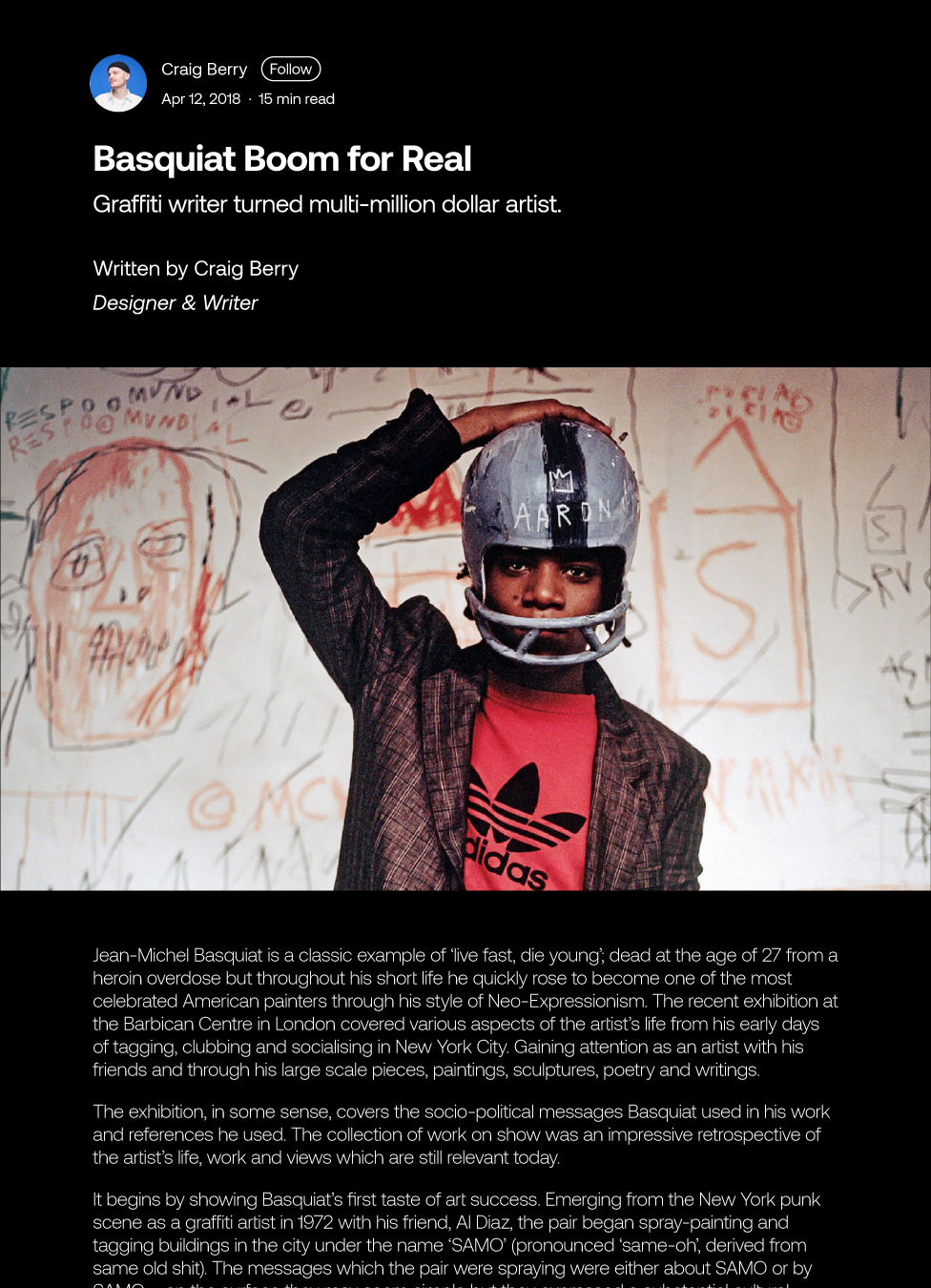
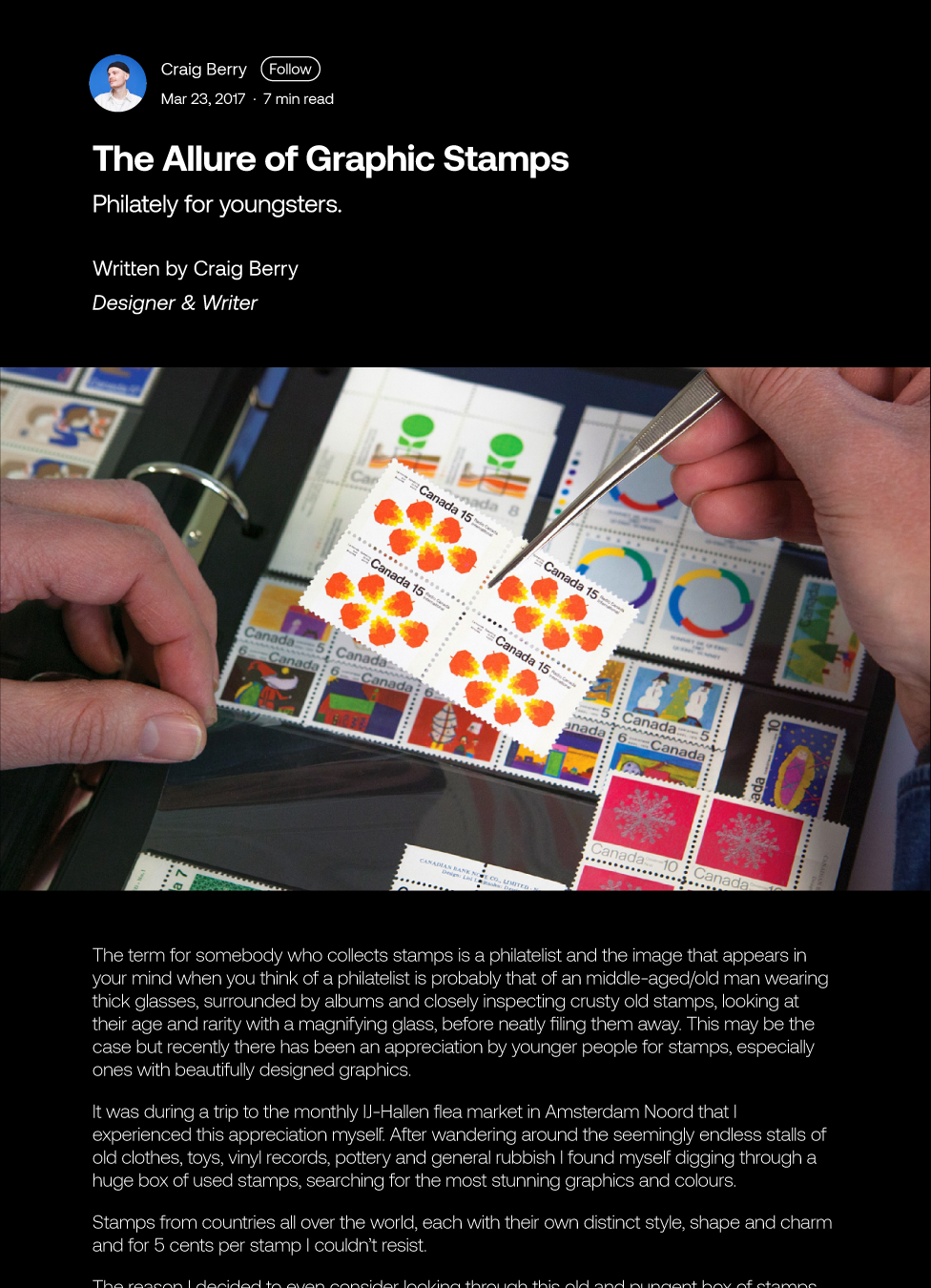
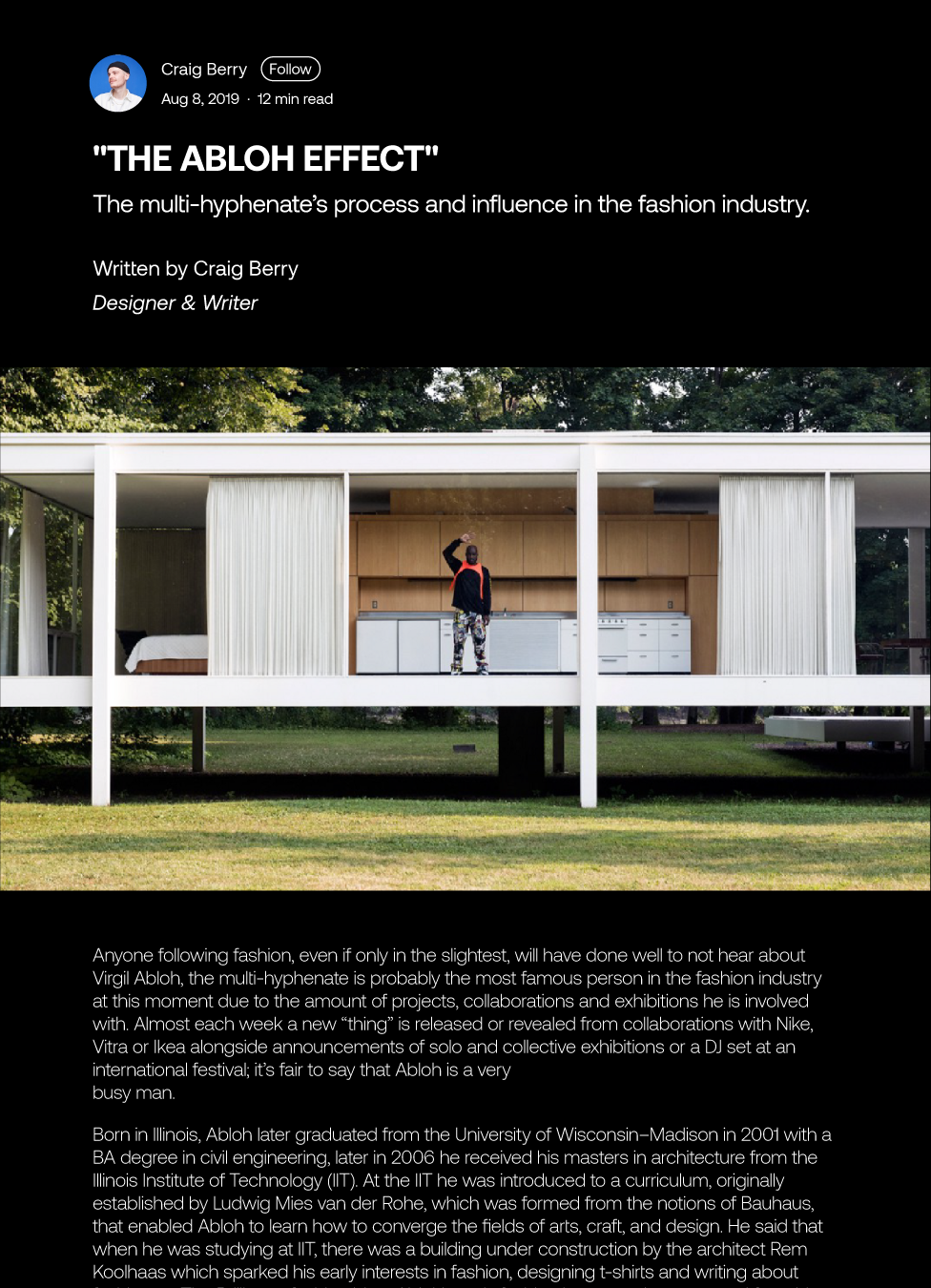
I’ve also used this method of informing others by being inspired by what I’ve seen that I just need to get it down and out there and it’s usually too abstract to do this visually or by the time I get around to making something, the inspiration flame has burnt out. Words are such an easy way to express yourself immediately, you don’t need an audience and you don’t need any tools other than the notes app on your phone* (or go analogue with a pen and paper).
*a good portion of this piece was written on my phone, on the train home from work.
Finally, and possibly the most personal way I use Writing to Tell is, as a person who at times lacks confidence in communicating about my work, having the ability to write down in detail, what I’ve done in long form is a way I can take the work from visual design through to written words and then into verbal form. It’s a step in between that helps me tell myself and digest what I’ve done and extract the important information in bite-size portions that can be communicated clearly when needed.
Writing to Sell is something a bit different and is a way of using words more creatively –aka copywriting. Having worked in an advertising agency, I’ve witnessed how copywriting is just as important as the image in a project. An image can be interpreted in so many ways… ‘a picture is worth a thousand words’, they say. Well, what if you want it to be a specific amount of words? Or a specific story? The ability to marry an image and words together to tell a cohesive story can be priceless. Some of the most successful, memorable and historic ads do this so well.
For me, it’s Doyle Dane Bernbach‘s (aka DDB) work for Volkswagen in the 1960s and ‘70s that do this well and stick in my mind. While there’s plenty to forget from these mid-century, Mad Men-esque days, these ads live on as what potentially changed advertising and show the power of stripped-back, simple words/copywriting that works because it speaks to the viewer (consumer). Please see the examples below and study them. Good copy like this trusts people to be smart enough to work things out and doesn’t speak down to them; it feels warm, relatable and in tune. Take note, copywriters of today. Please.
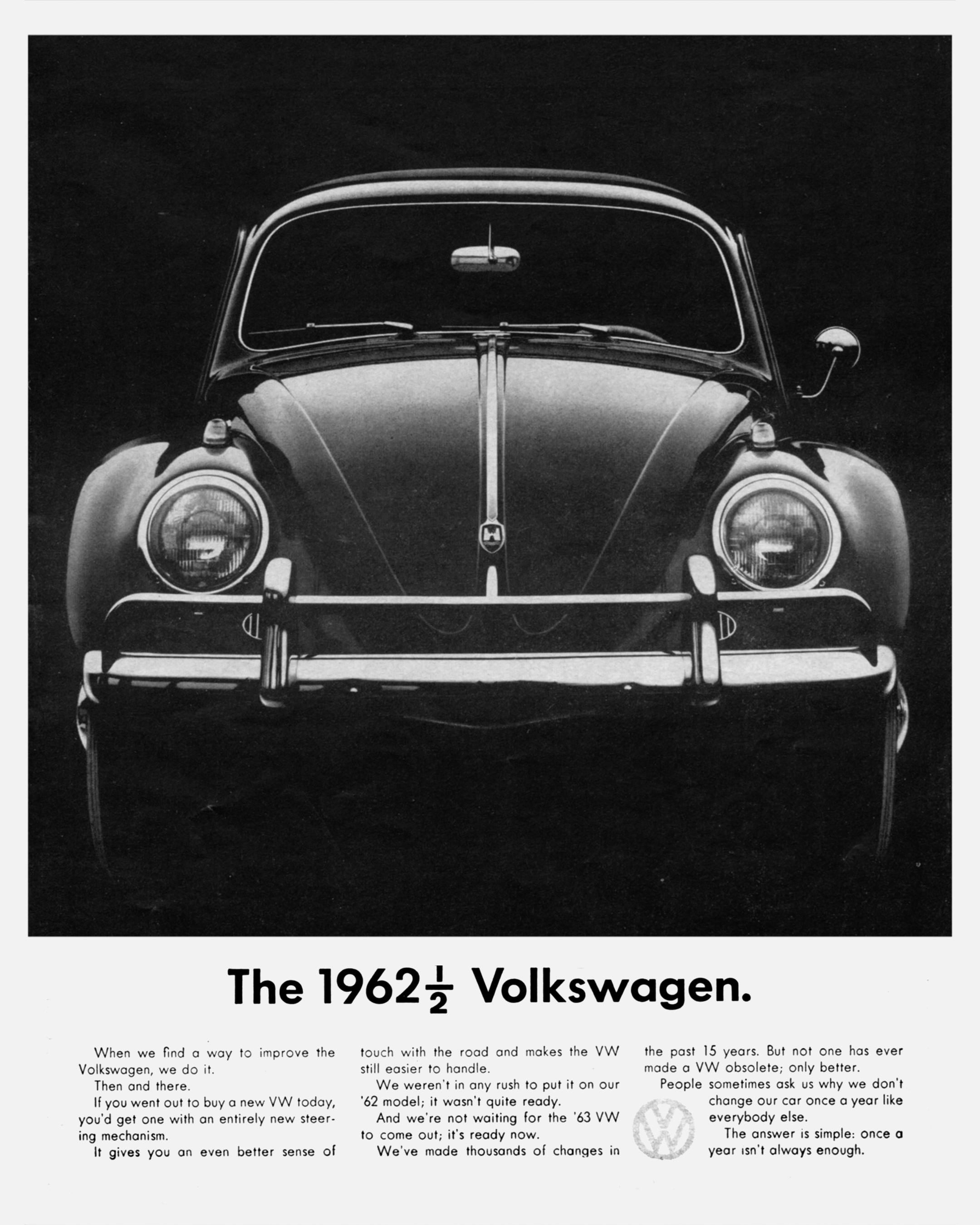
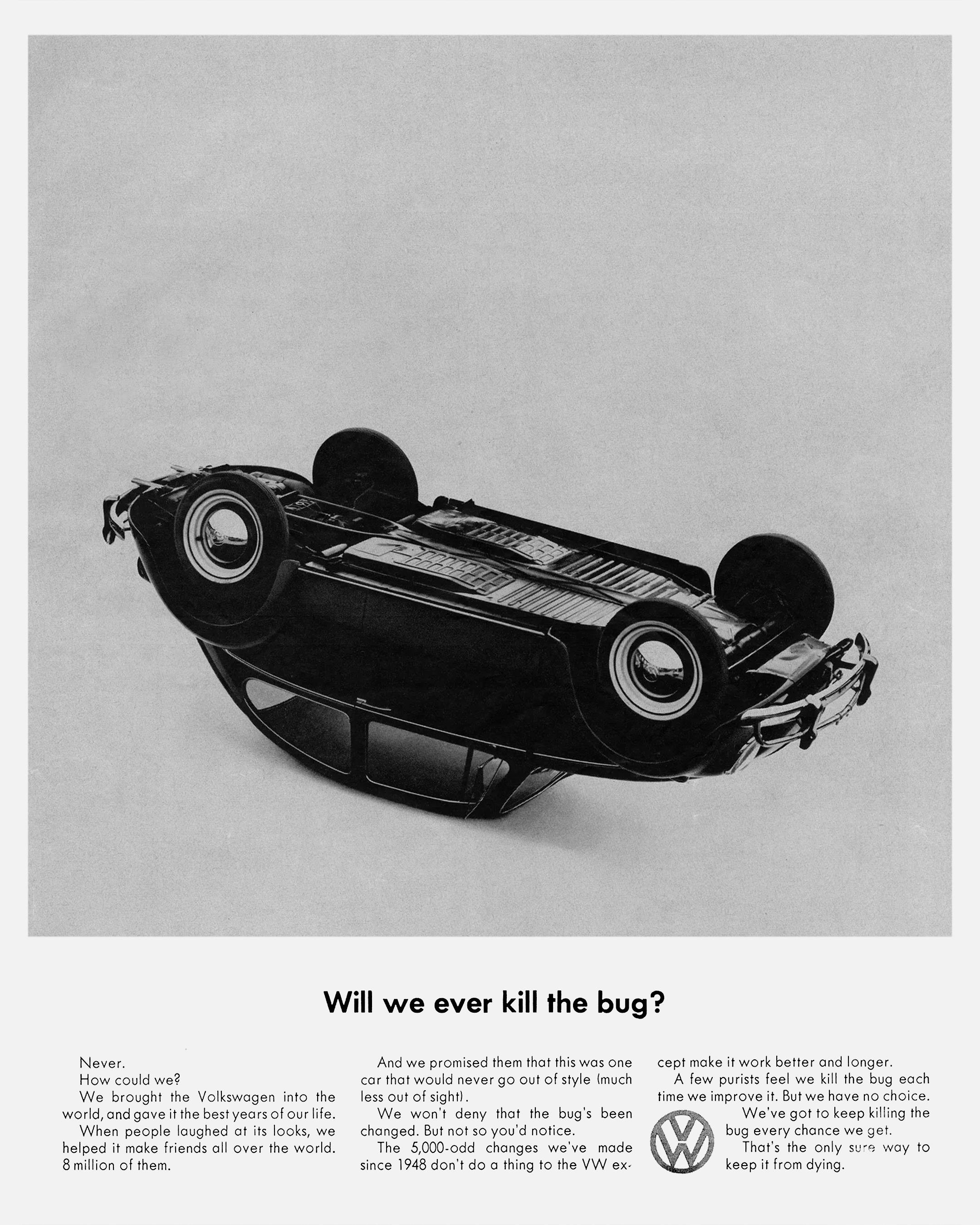
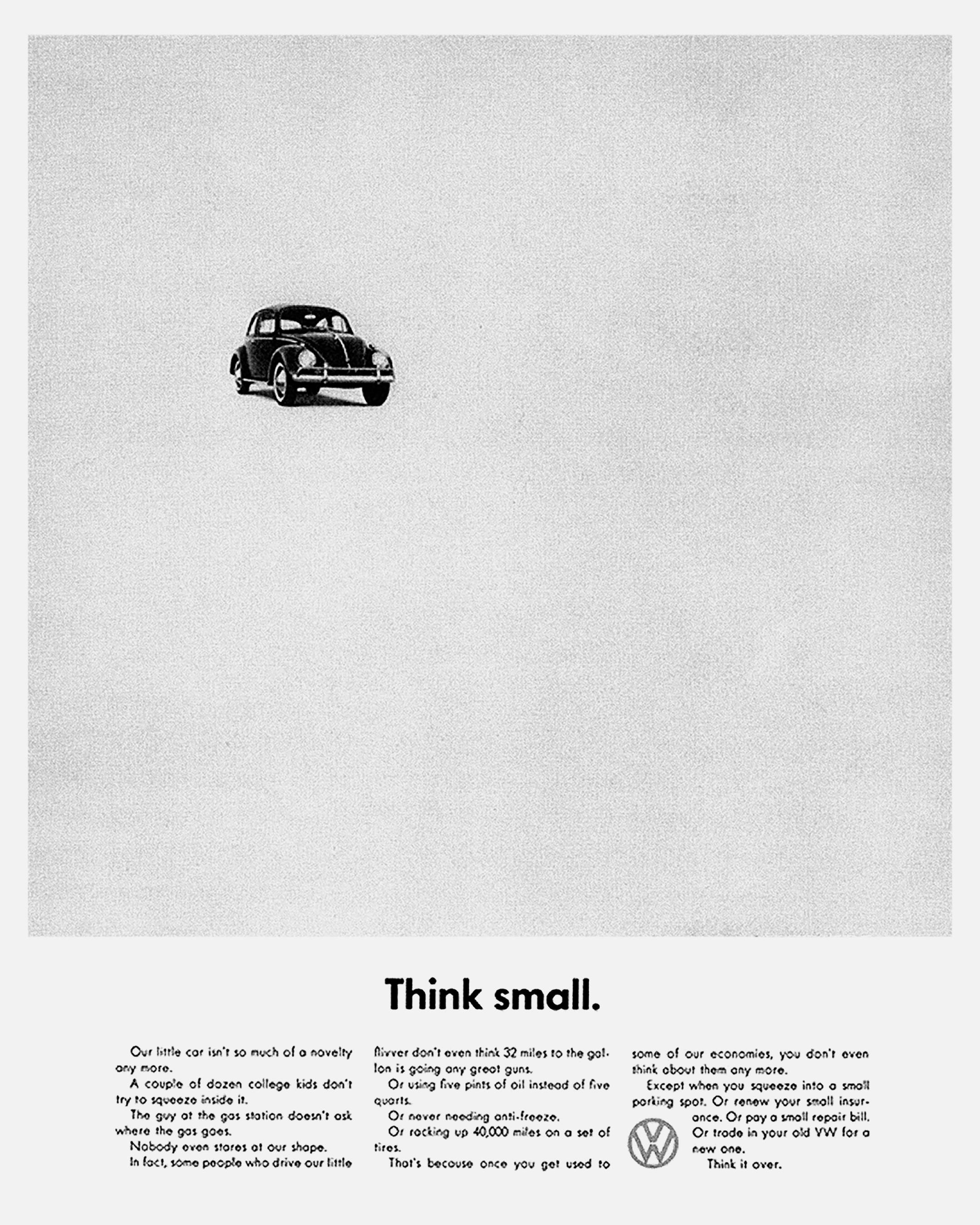
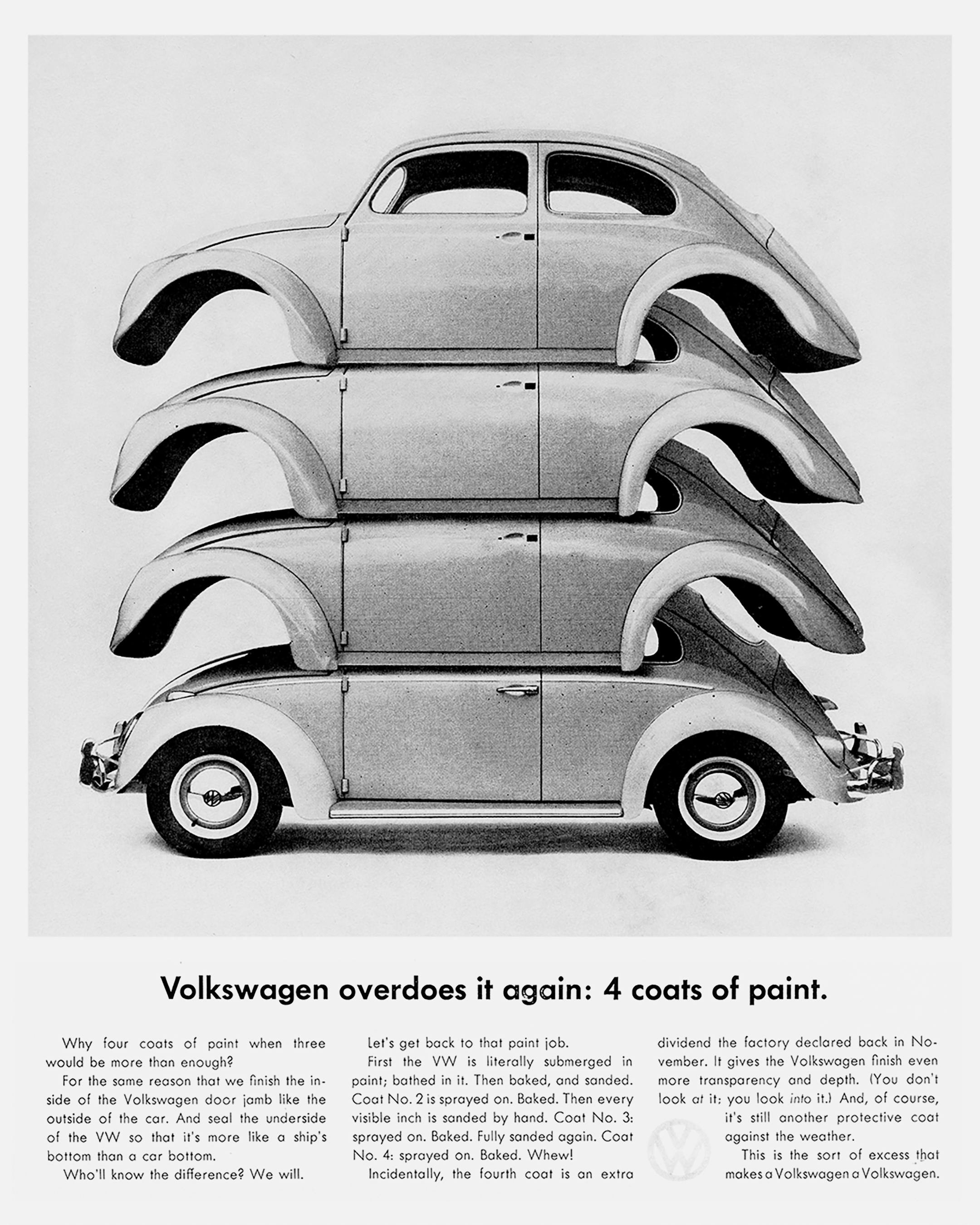
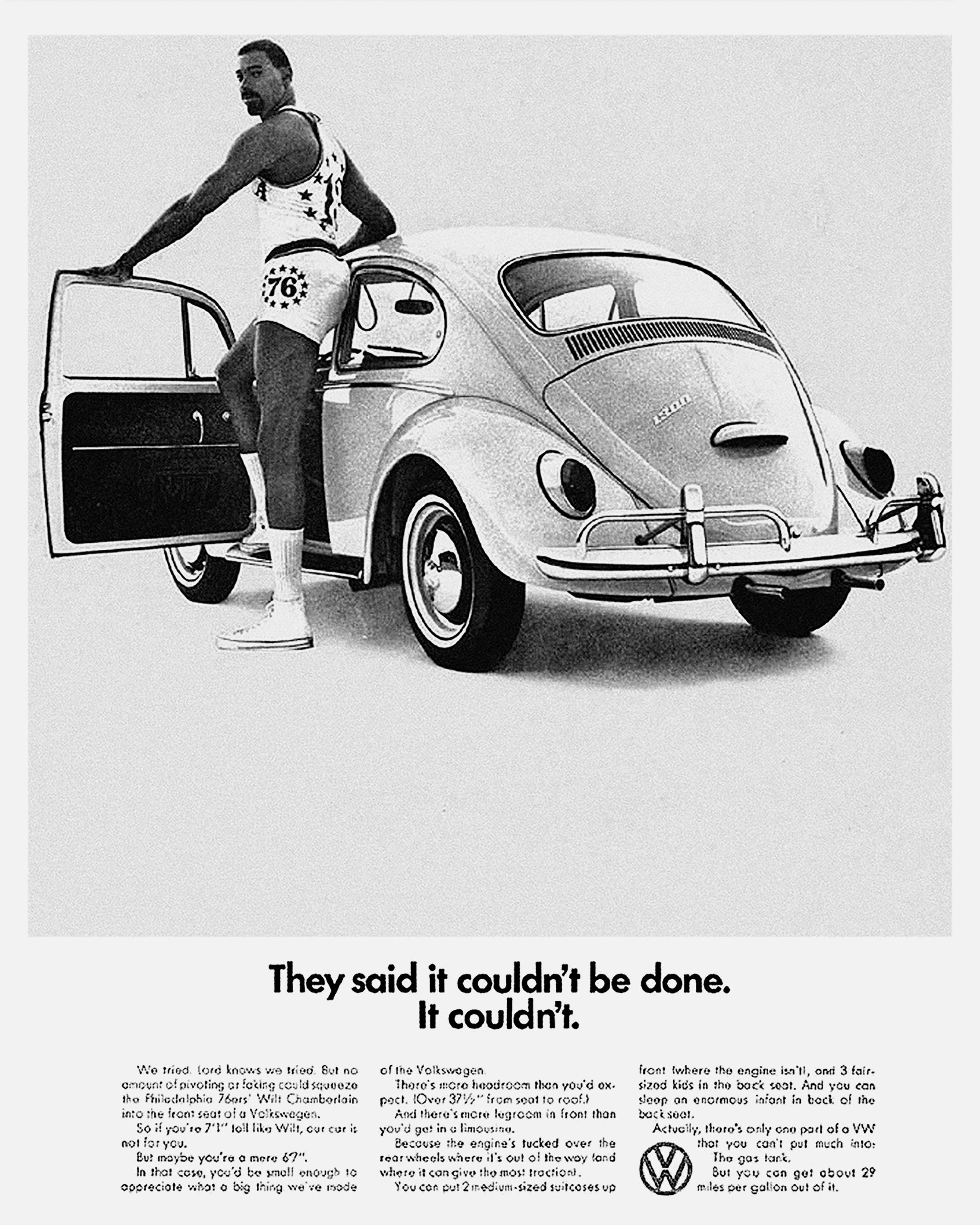
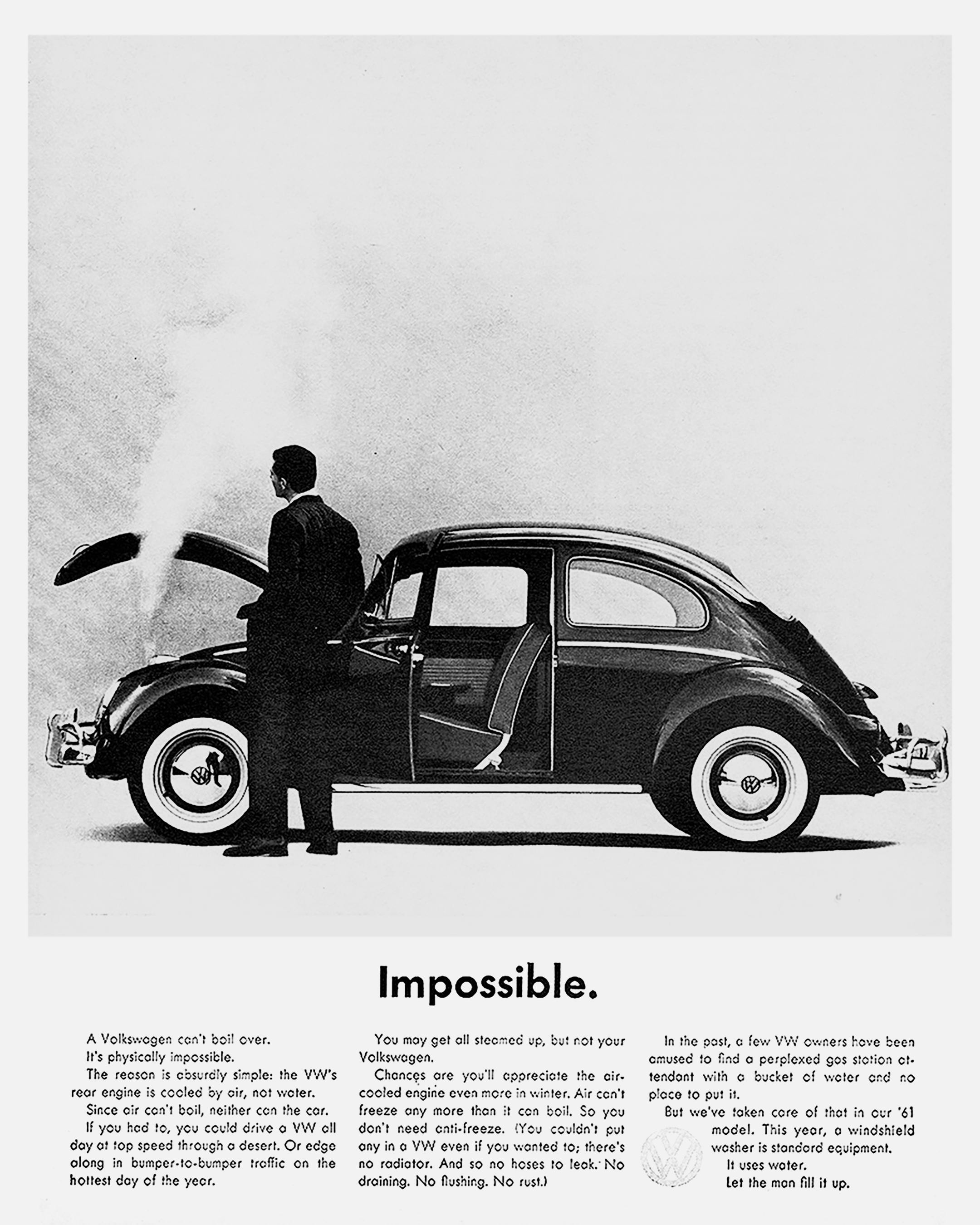
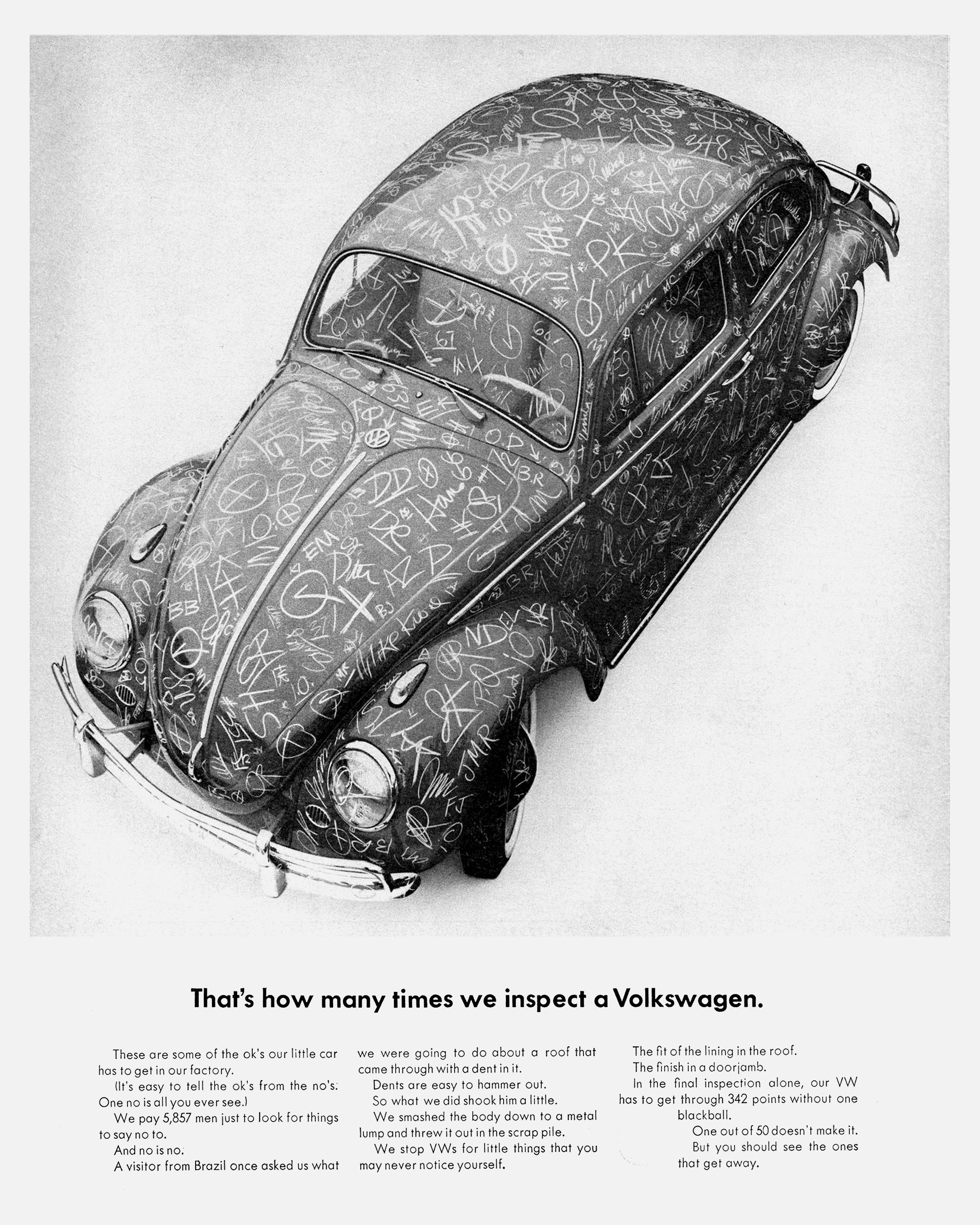
Something a little bit more recent though (and I mean really recent at the time of writing this) are two examples of work that are about 99% copy, coming from two heavyweights of the advertising industry. In one corner, Uncommon‘s 500 British Airways ads vs Mother‘s Trainline ‘I came by train’.
Both are great, modern examples of proving the power of words with very minimal design. Type on a white background. The sort of thing that makes people stop and read instead of just being another ad they pass and ignore on the way to work. Bravo.
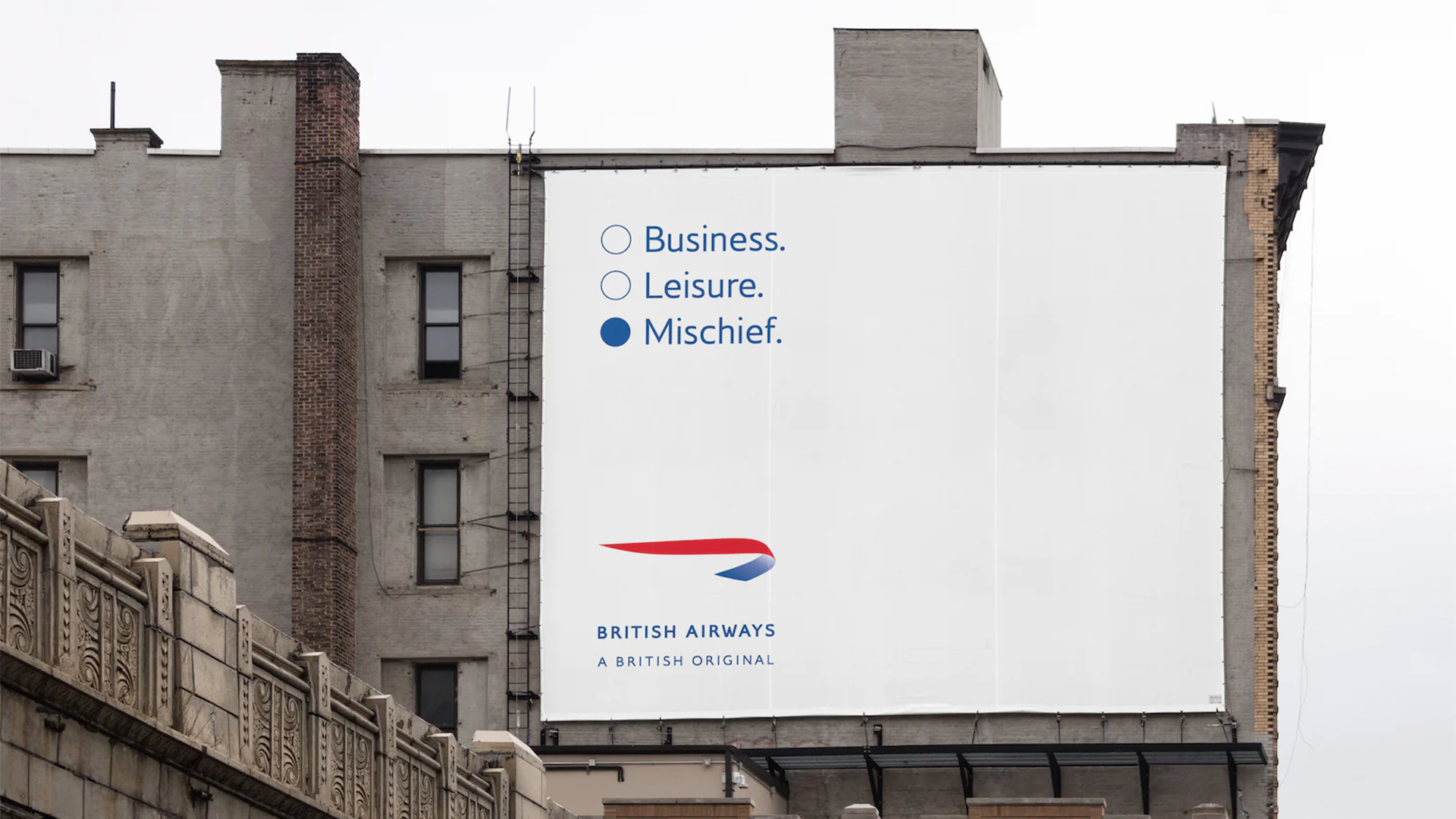
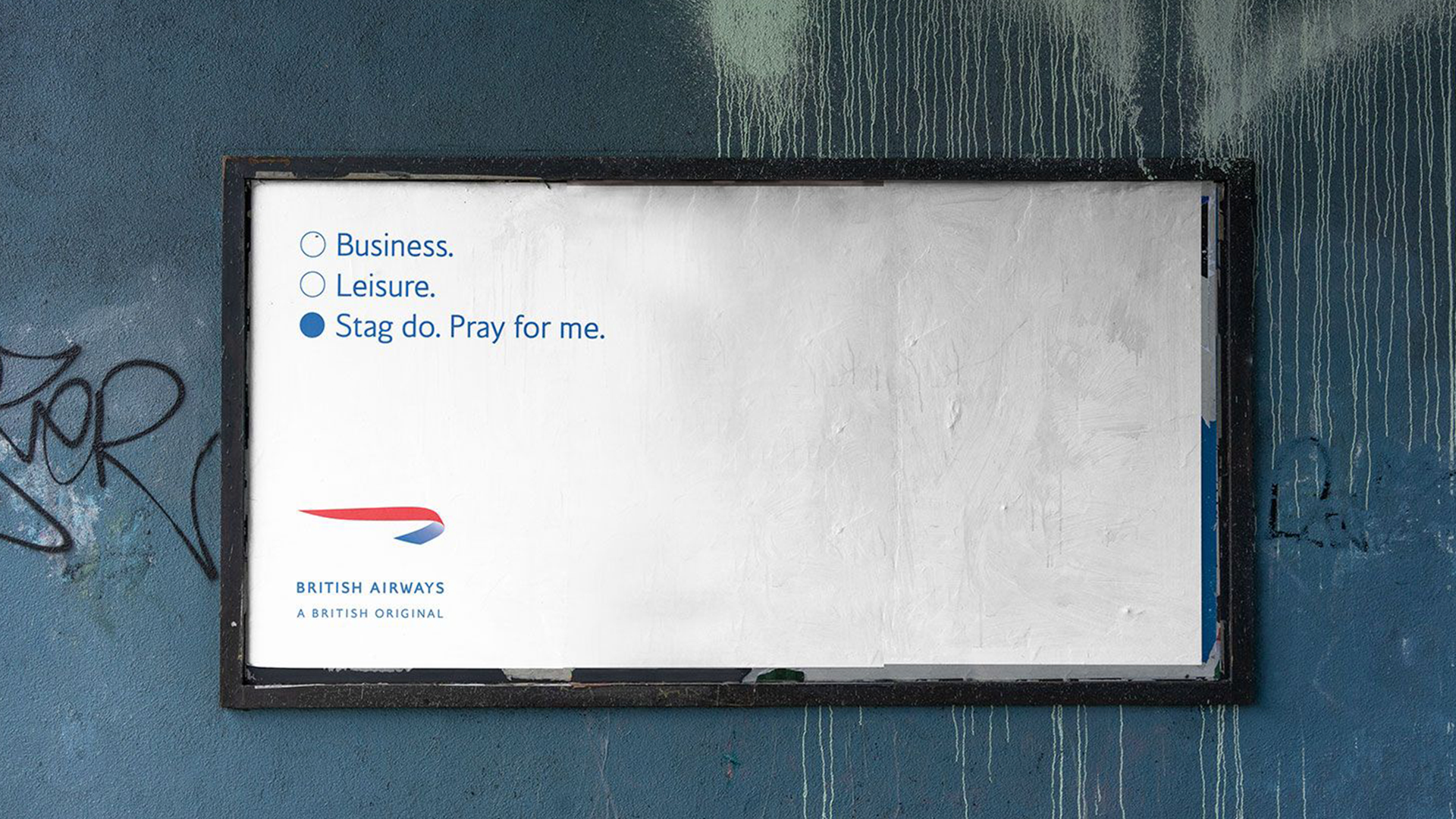
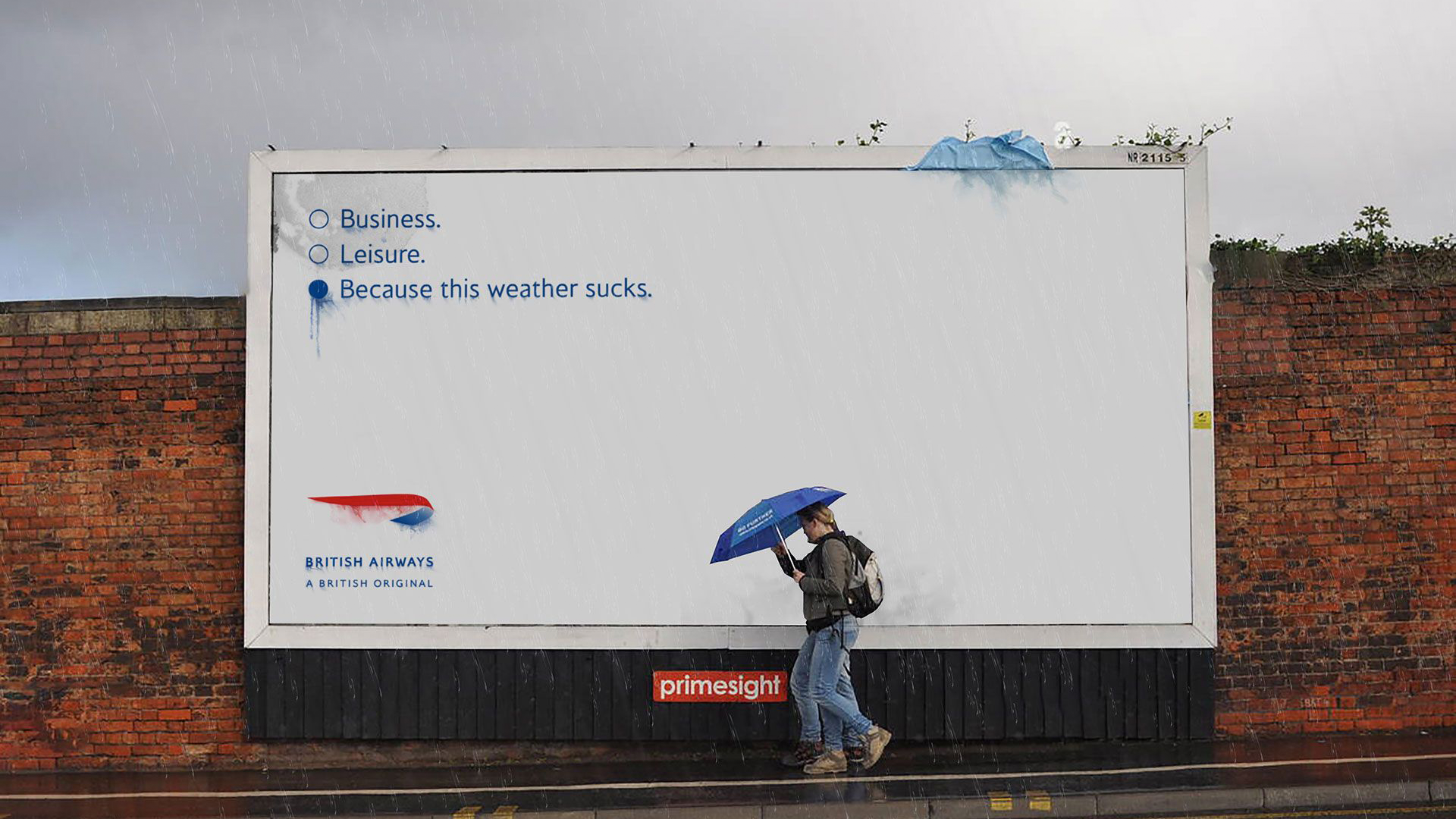
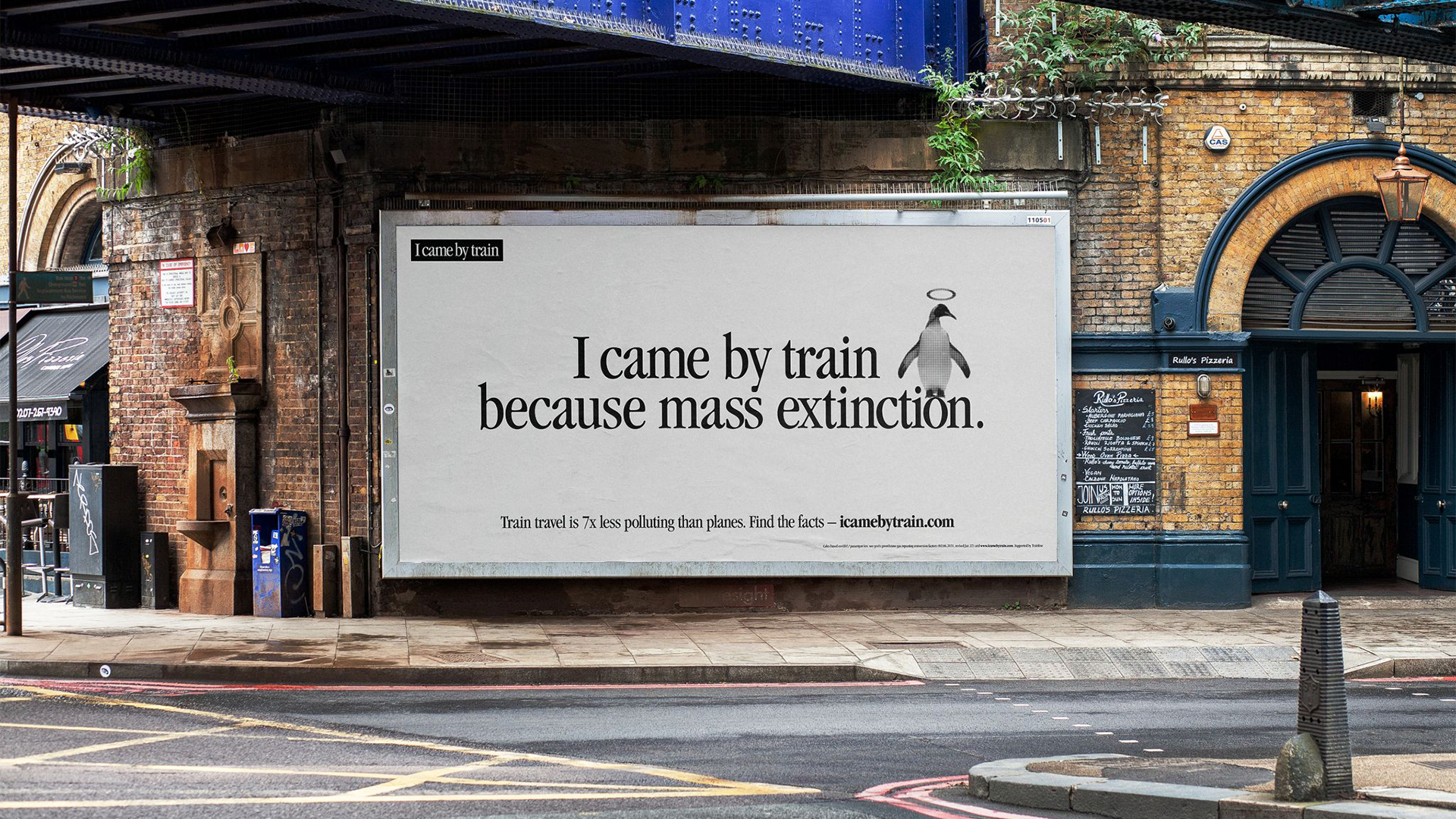
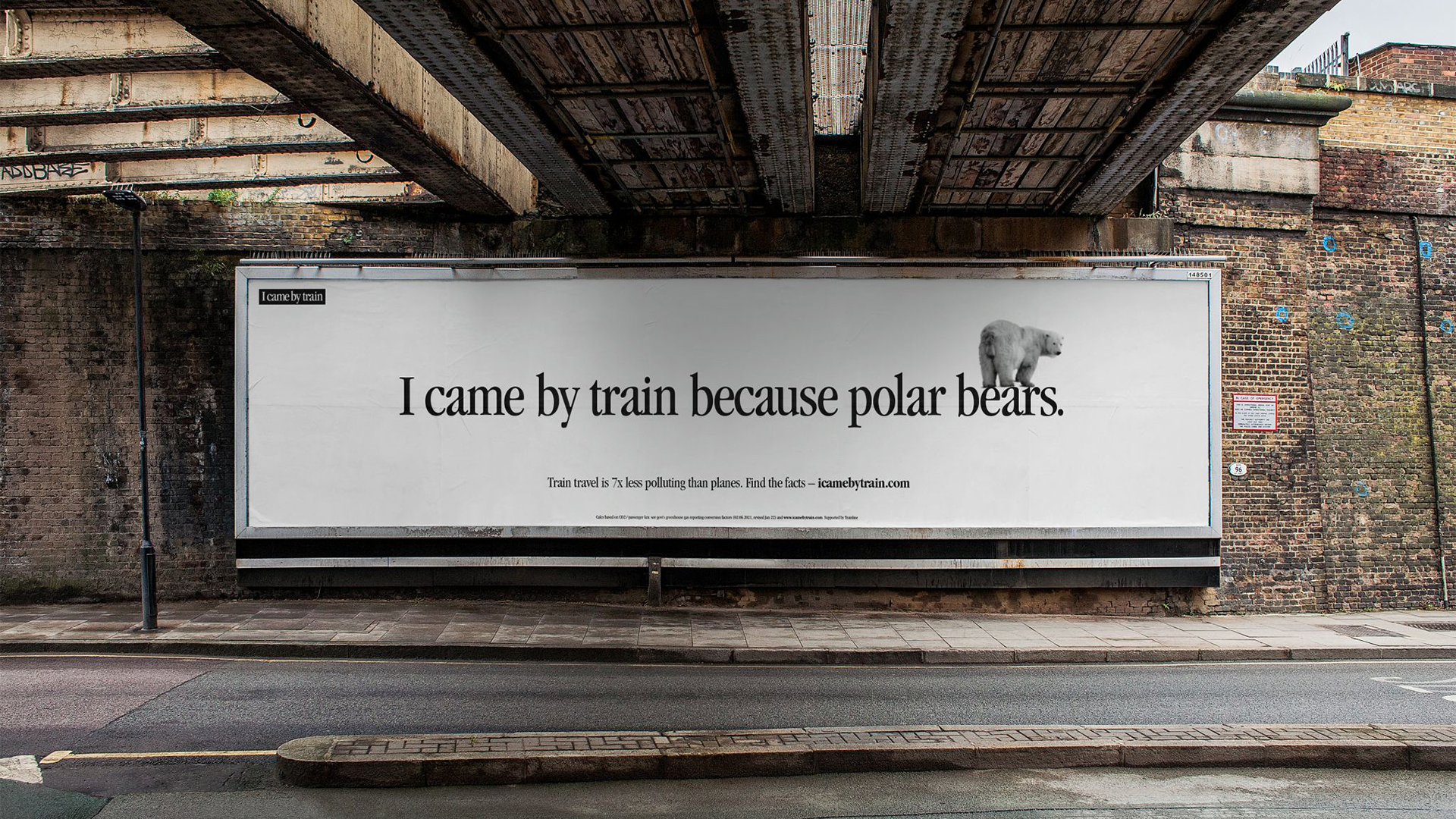
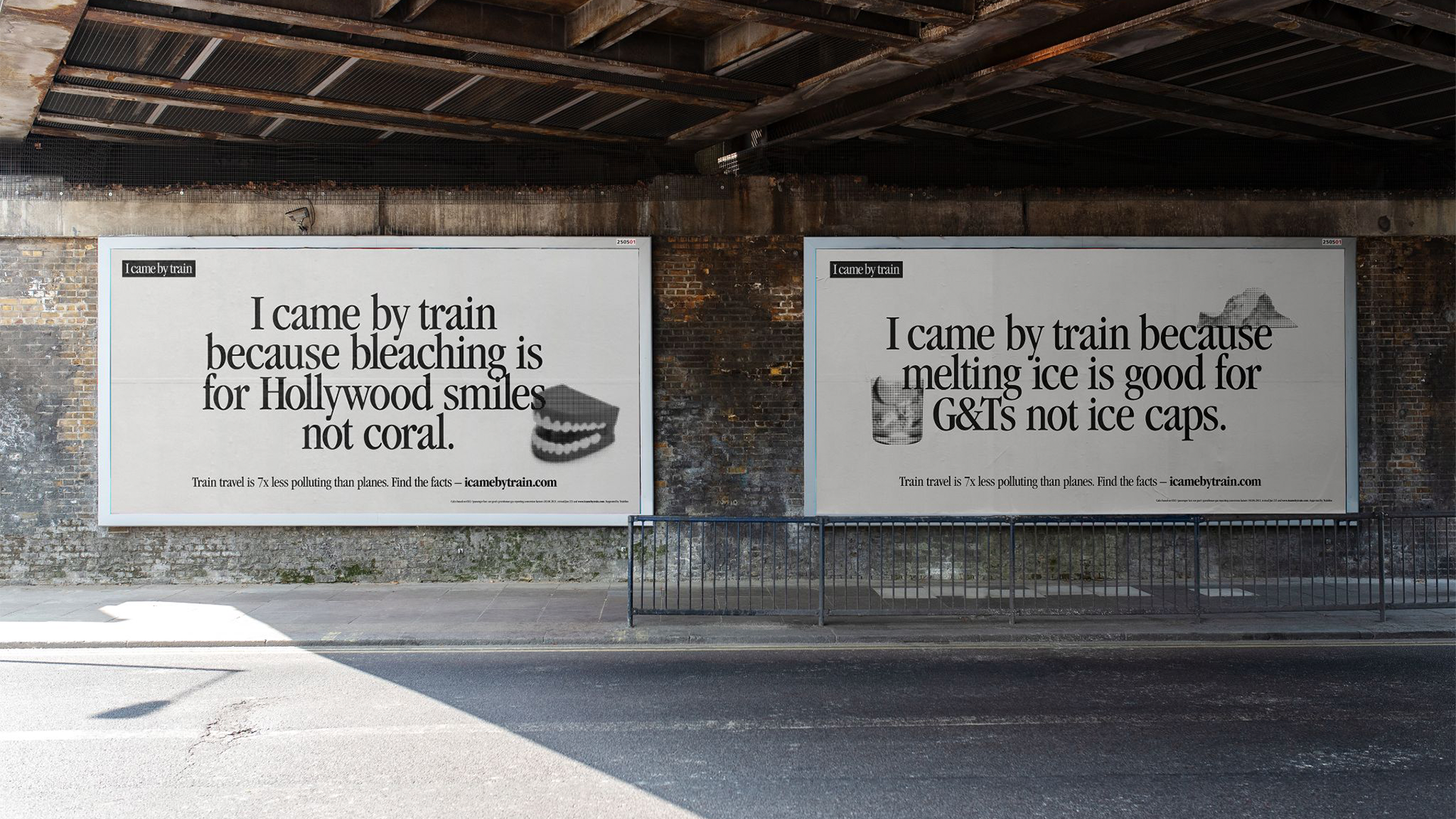
Additional shoutouts (but less time to write about) for slightly older but still great, copy-driven campaigns by Weiden+Kennedy for Revolut – ‘Your Way In’ and Wunderman Thompson for Heinz – ‘Ridiculously late. Ridiculously good.’
Both are well written, relatable, concise and featuring stripped-back, black-on-white, typographic design. What’s not to love? Also, I genuinely think this Heinz bus ad is genius.
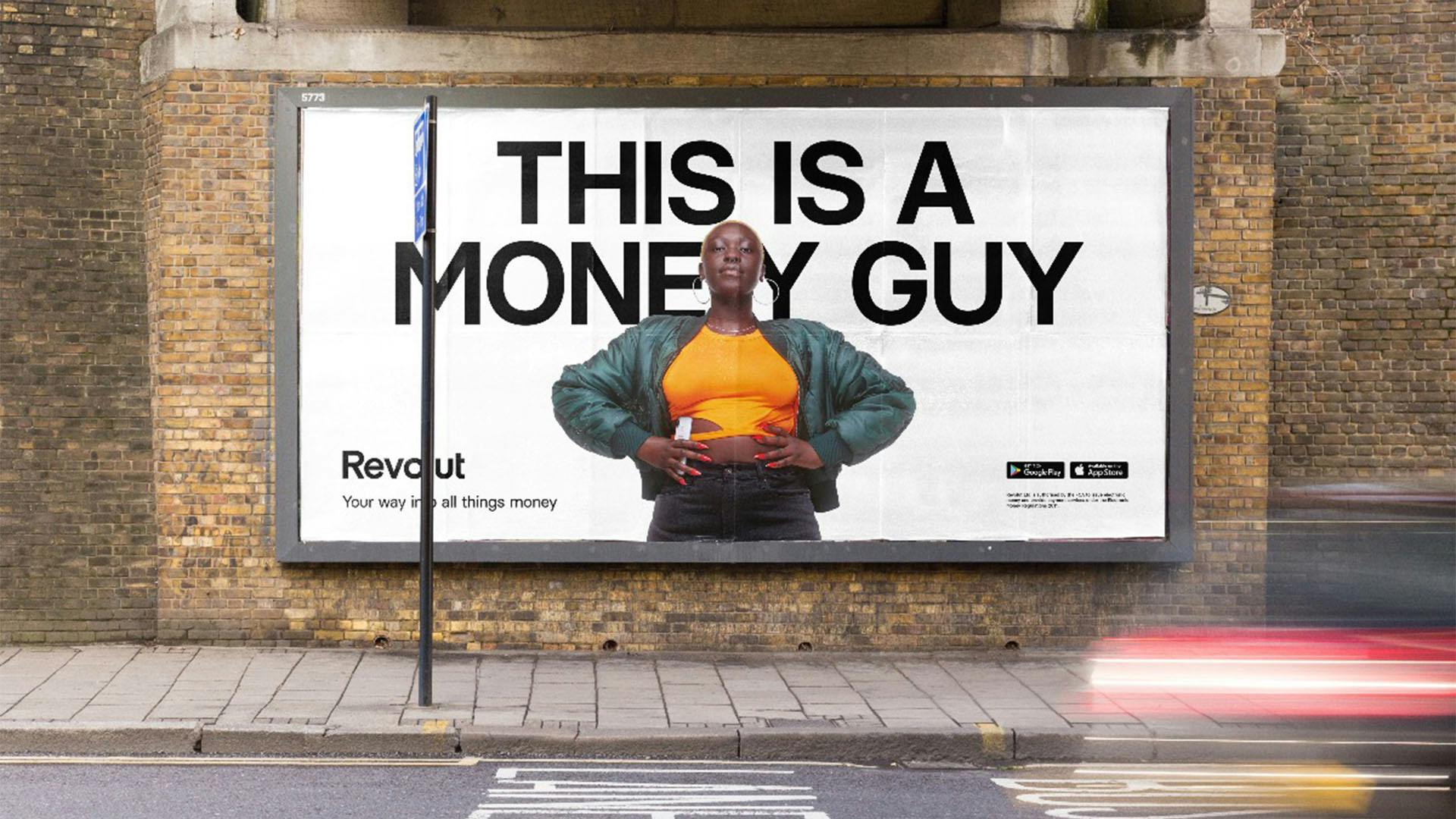
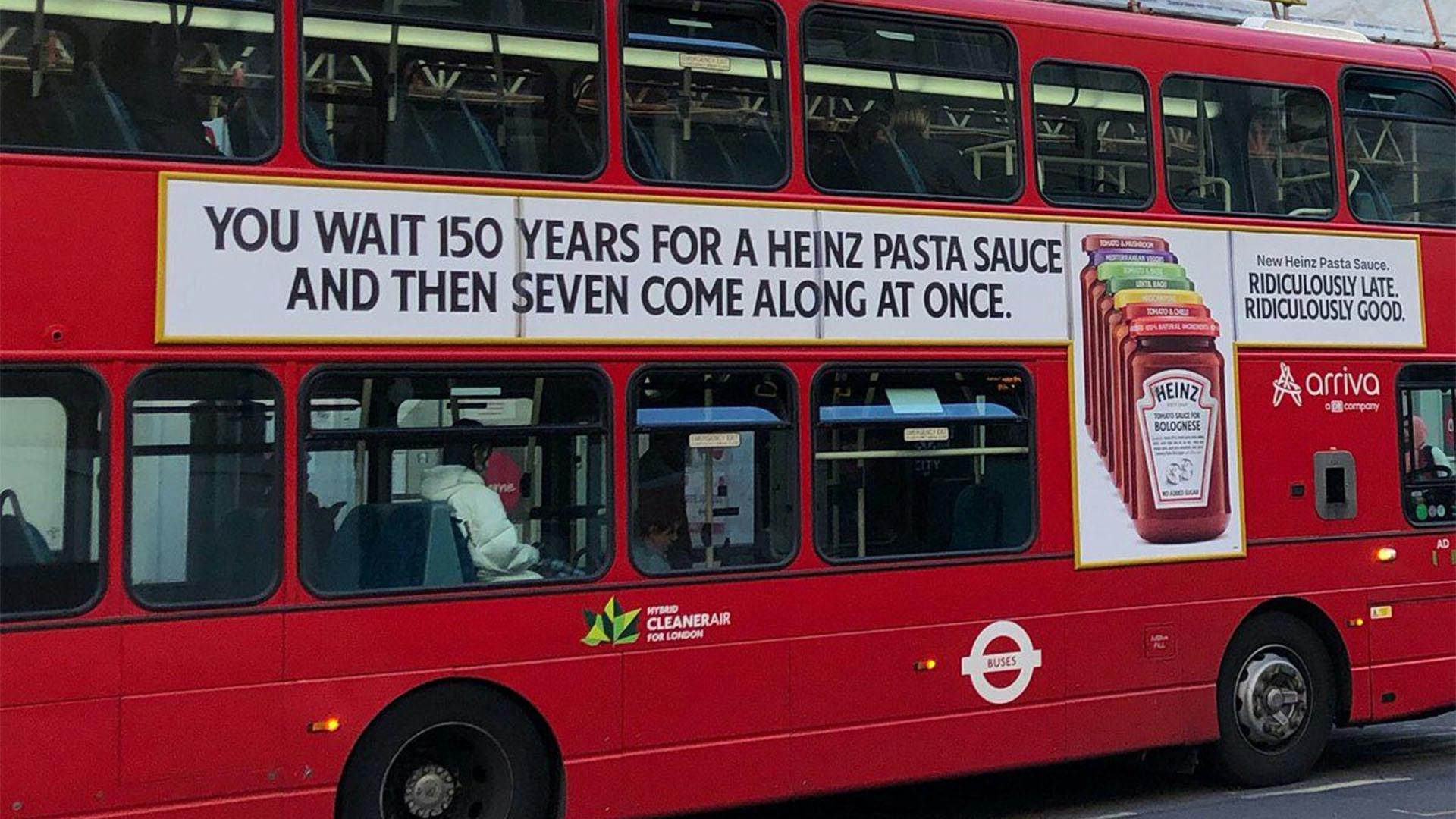
Although copywriting and copywriters traditionally belong in ad agencies, we as a design studio can get in on the action too. It’s our job to build brands for our clients. That means designing logos, choosing fonts, picking colour palettes and building layout systems. These can and will all look great, but if you have something to say and want to go beyond what you say, but how you say it, defining a brand’s tone of voice is an integral part of the job. It’s something that has to sing from the same hymn sheet as the rest of the brand.
You can’t (or probably shouldn’t) have a brand that is bright, lively and bubbly, when you’re talking in a serious manner. Or vice versa, a fun message won’t come across if the brand elements are dull, bland and boring – unless it’s intentionally ironic. To blow our own trumpet here, our recent job for Hayu does just that where we gave Hayu a tone of voice by dialling the personality up to 11. Leaning into our brand strategy of ‘Amplify the Everyday’ we took the fact that, unlike other streaming providers, Hayu only do one thing – reality TV. This gave us the opportunity to give the brand’s voice a radical makeover which didn’t really exist before.
The sharper, wittier new approach for the brand oozes ‘sophisticated sass’, bottling the eccentric energy of reality TV and feeling in-tune with its audience’s viewing behaviours. Mix that in with a vibrant colour palette, loud and proud key art and a sufficiently expressive font. Boom. A successful project if you ask us. And a happy client, with the facts and figures to back it up.
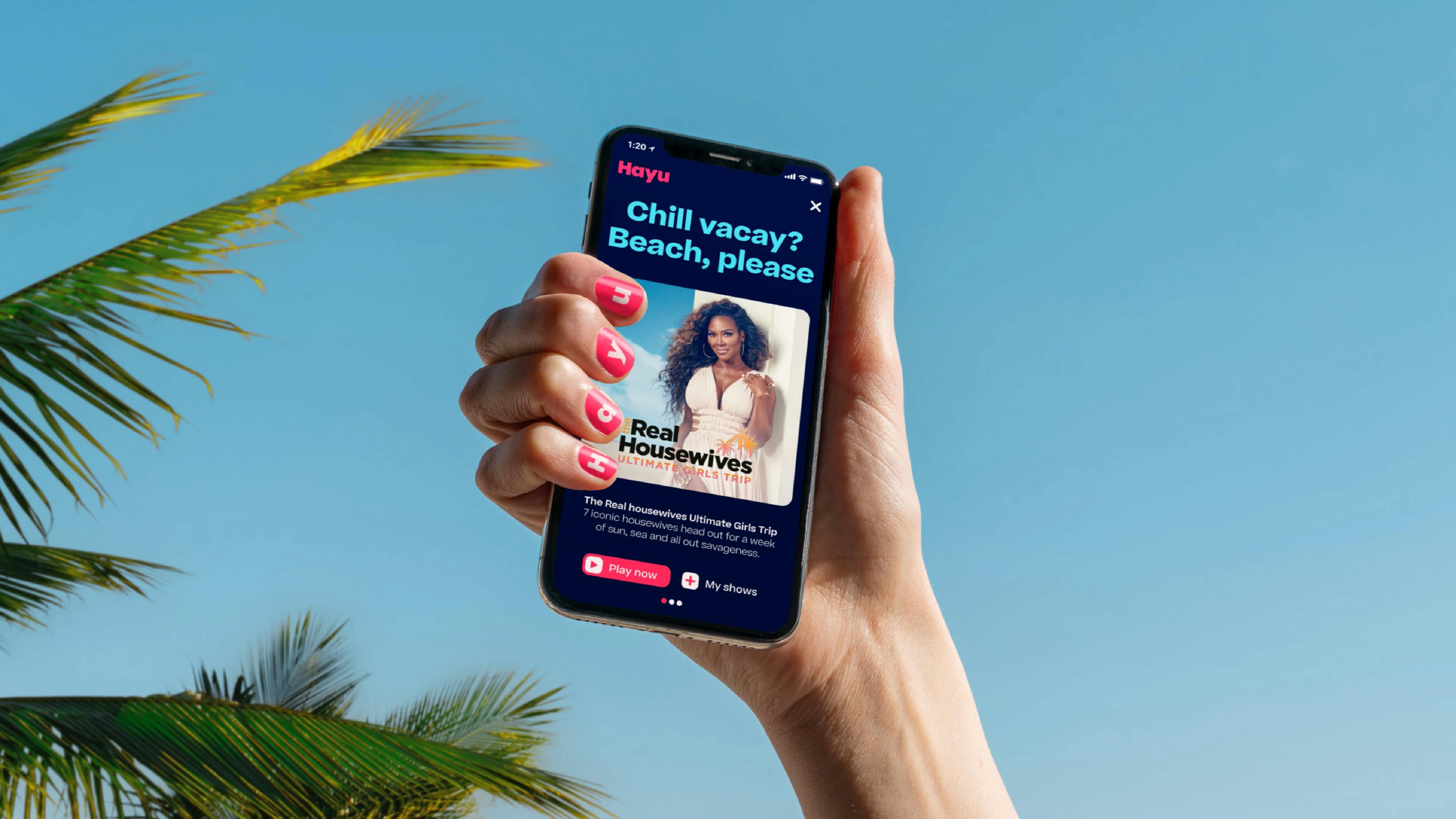
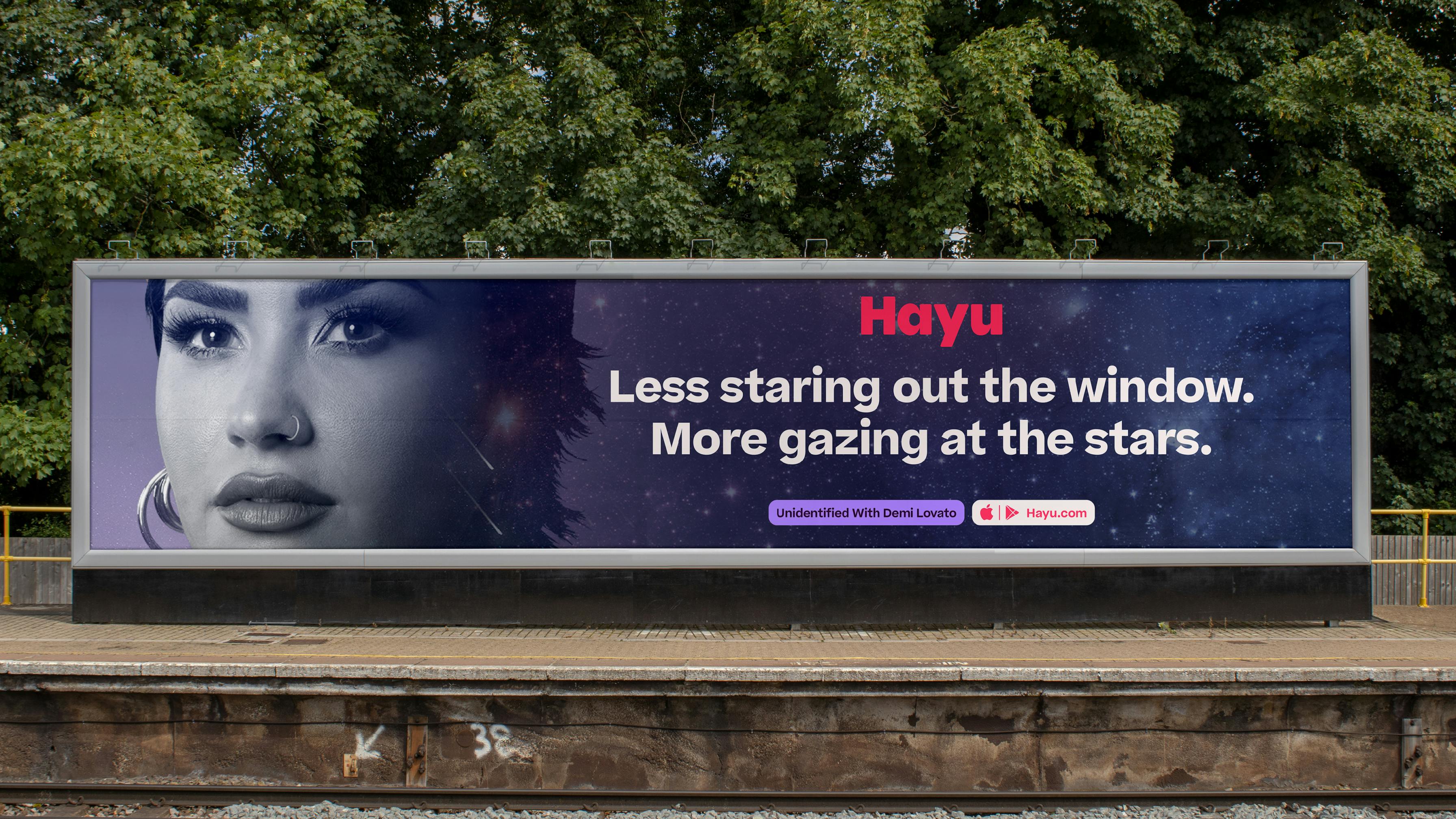
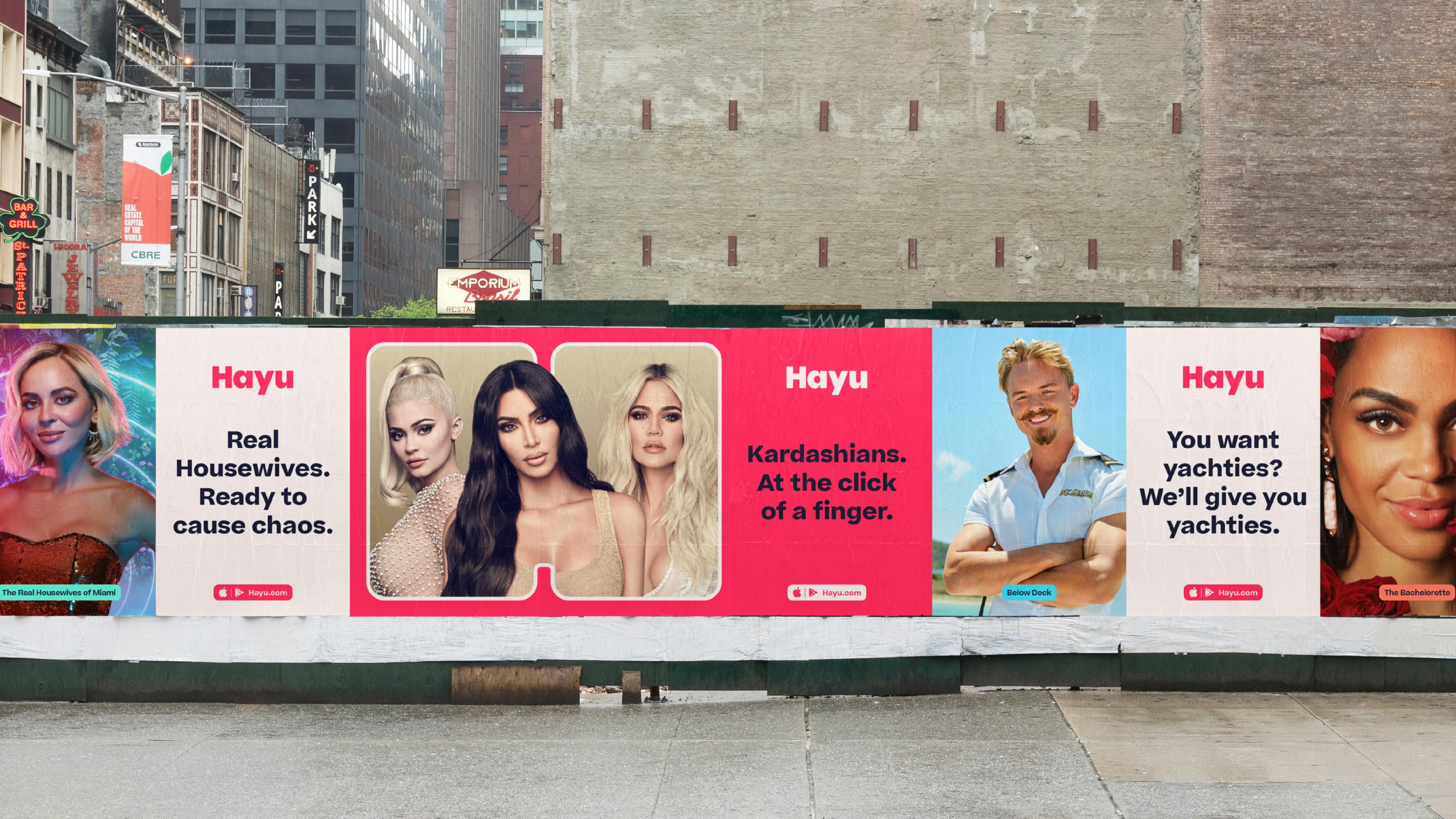
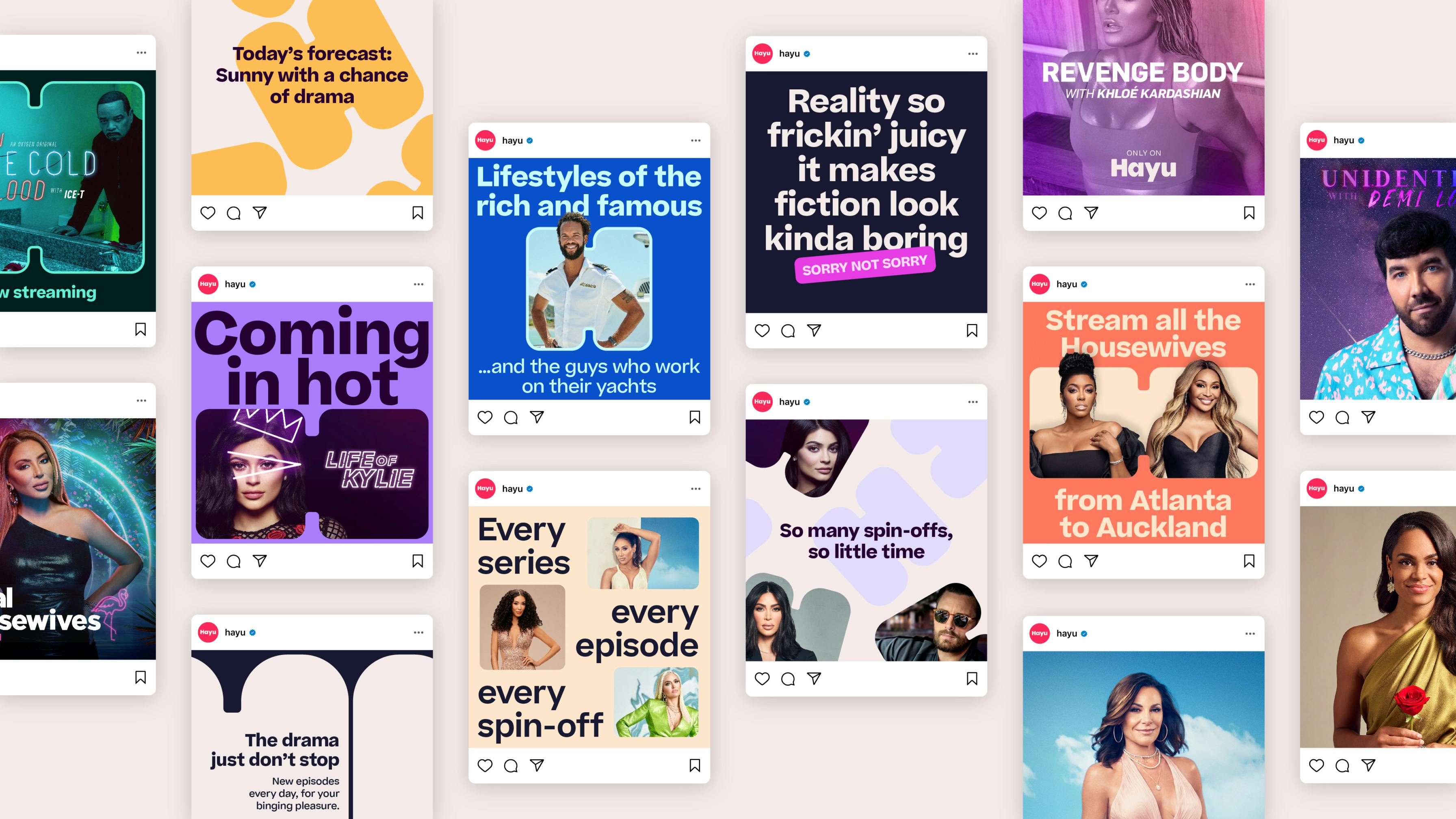
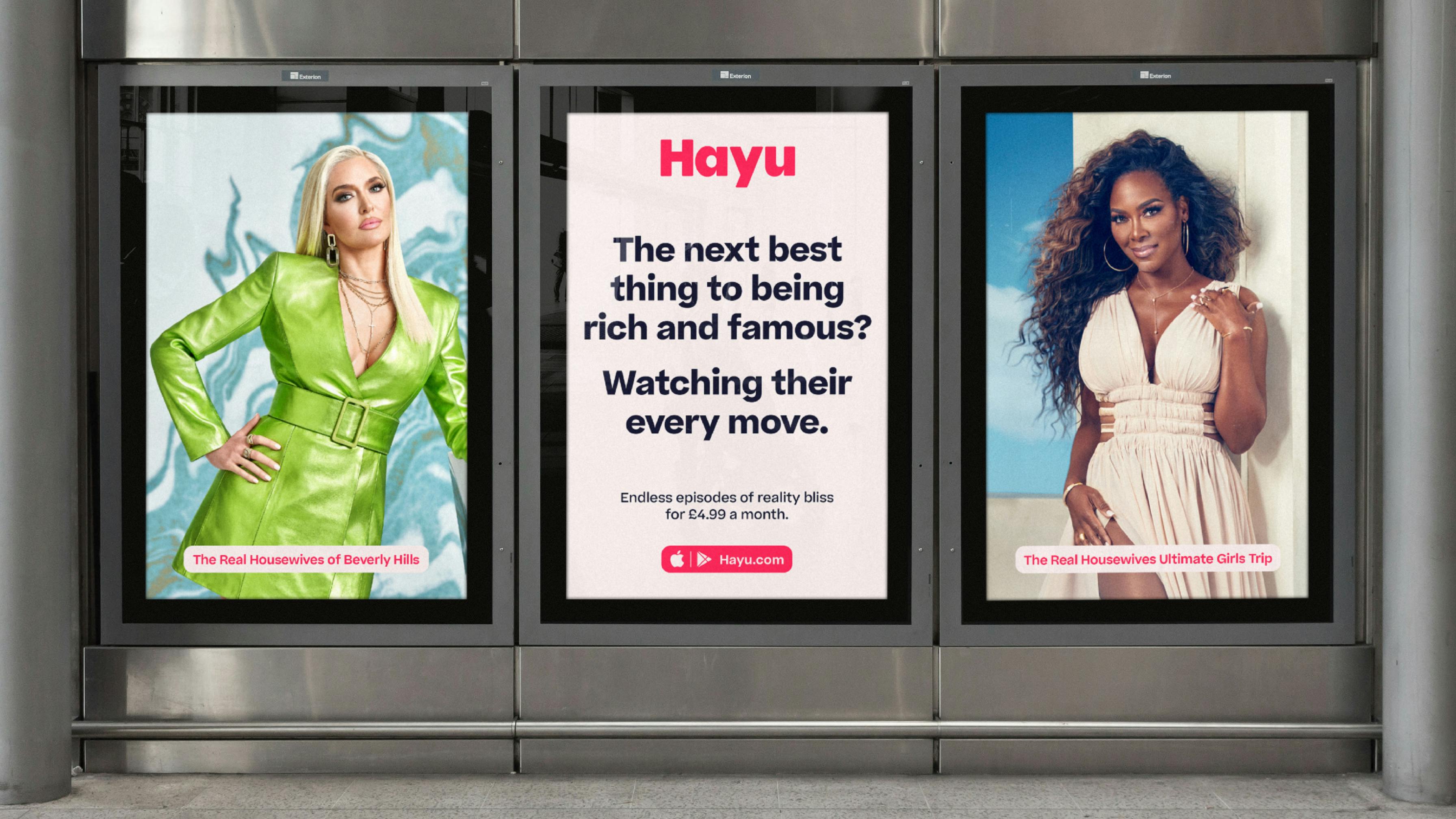
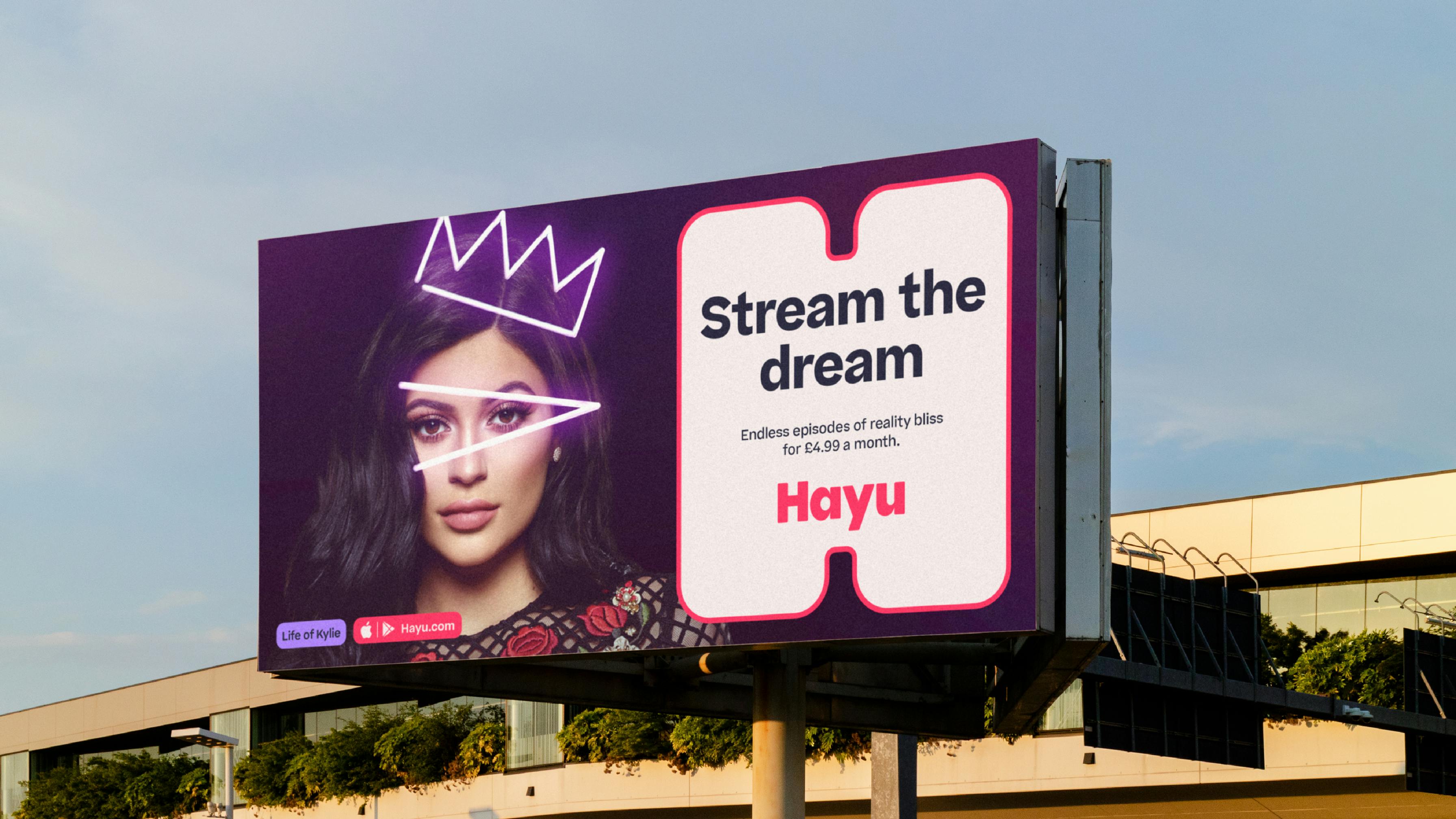
I call these examples, Writing to Sell because that’s how I generally see copywriting or anything that comes from a brand’s mouth. It’s a commercial form of writing that works for advertising to sell products or services vs more casually informing the reader (Tell). Although you could argue that all writing is telling someone something regardless if it’s selling and all writing is done to sell, if not literally then at least selling an idea or thoughts. It’s up to you to blur the lines though, there‘s no right or wrong here.
To summarise, how can design and writing actually work together? And should they really? Well, in my opinion, yes. I’m admittedly biased but they work together to:
1. Potentially help you and/or your audience understand something clearer compared to only through visuals.
2. Educate yourself and/or your audience on a specific subject by writing articles or thought pieces.
3. Digest an abstract visual into literal words.
4. Sell a product through clever copywriting that works with a visual, design, image or photograph in an interesting layout.
5. Provide a brand with a tone of voice asset that works alongside its visual assets to create a more cohesive brand.
6. Help you as a person, define your own voice in written form that supports your tonal voice.


